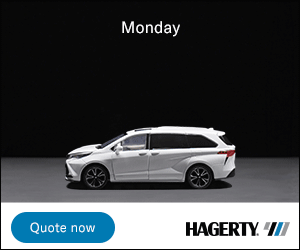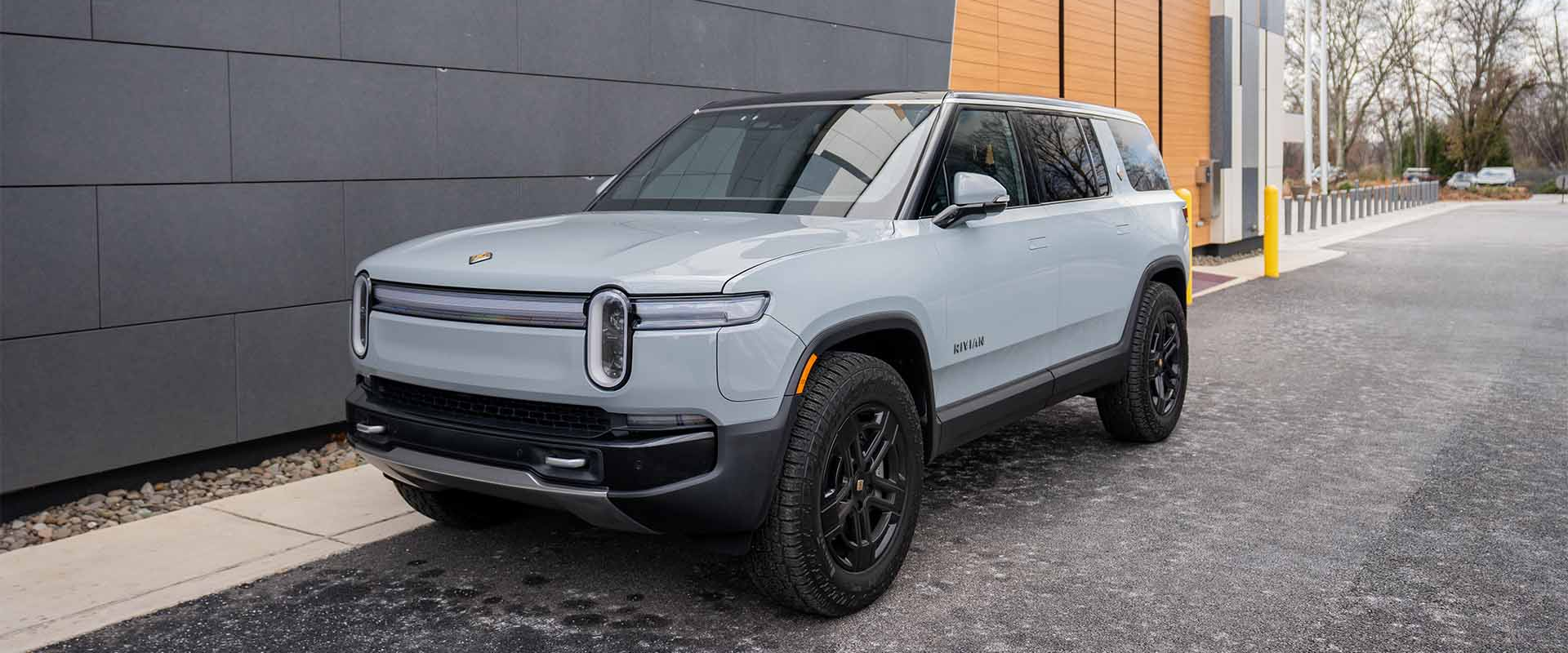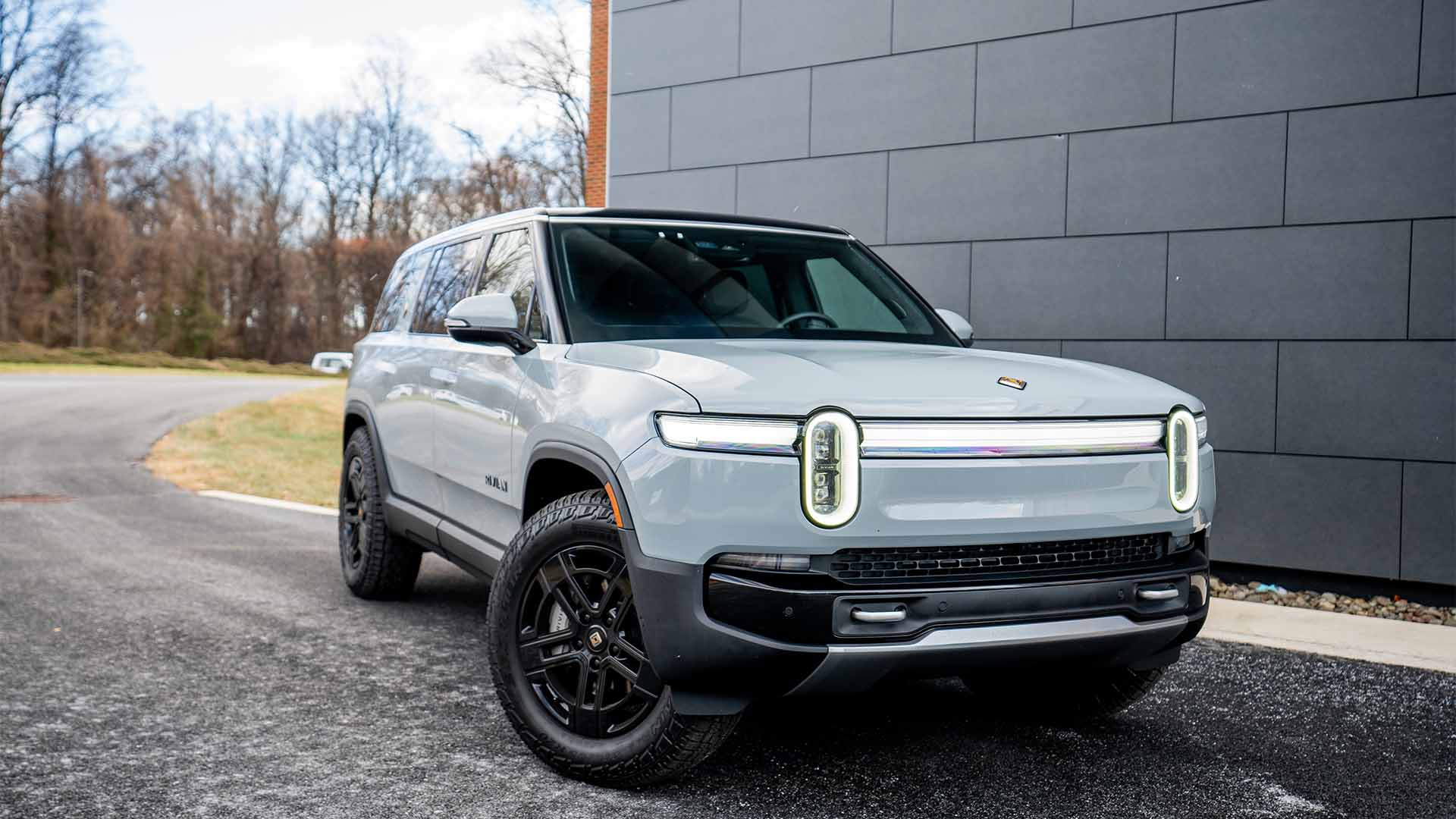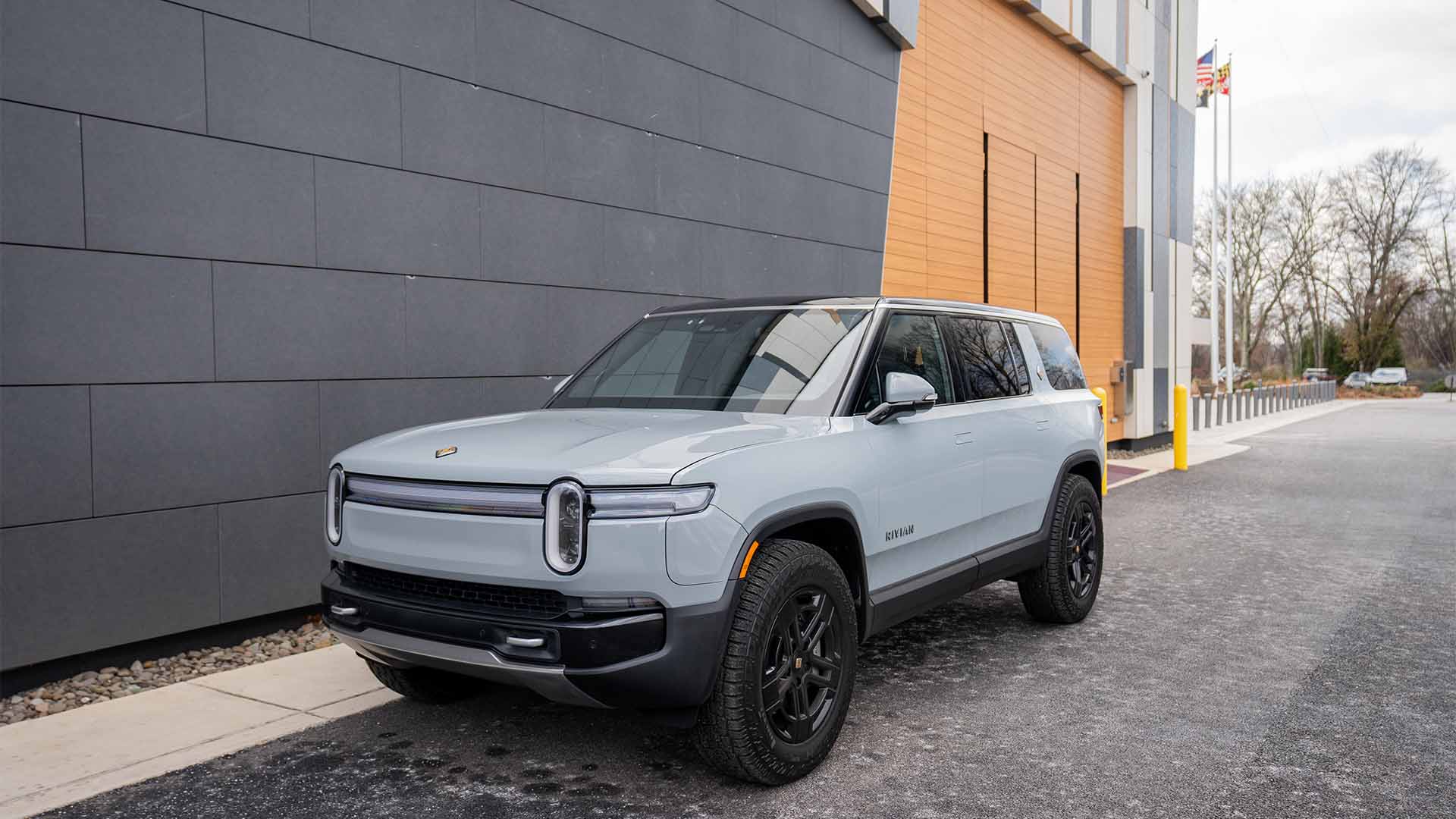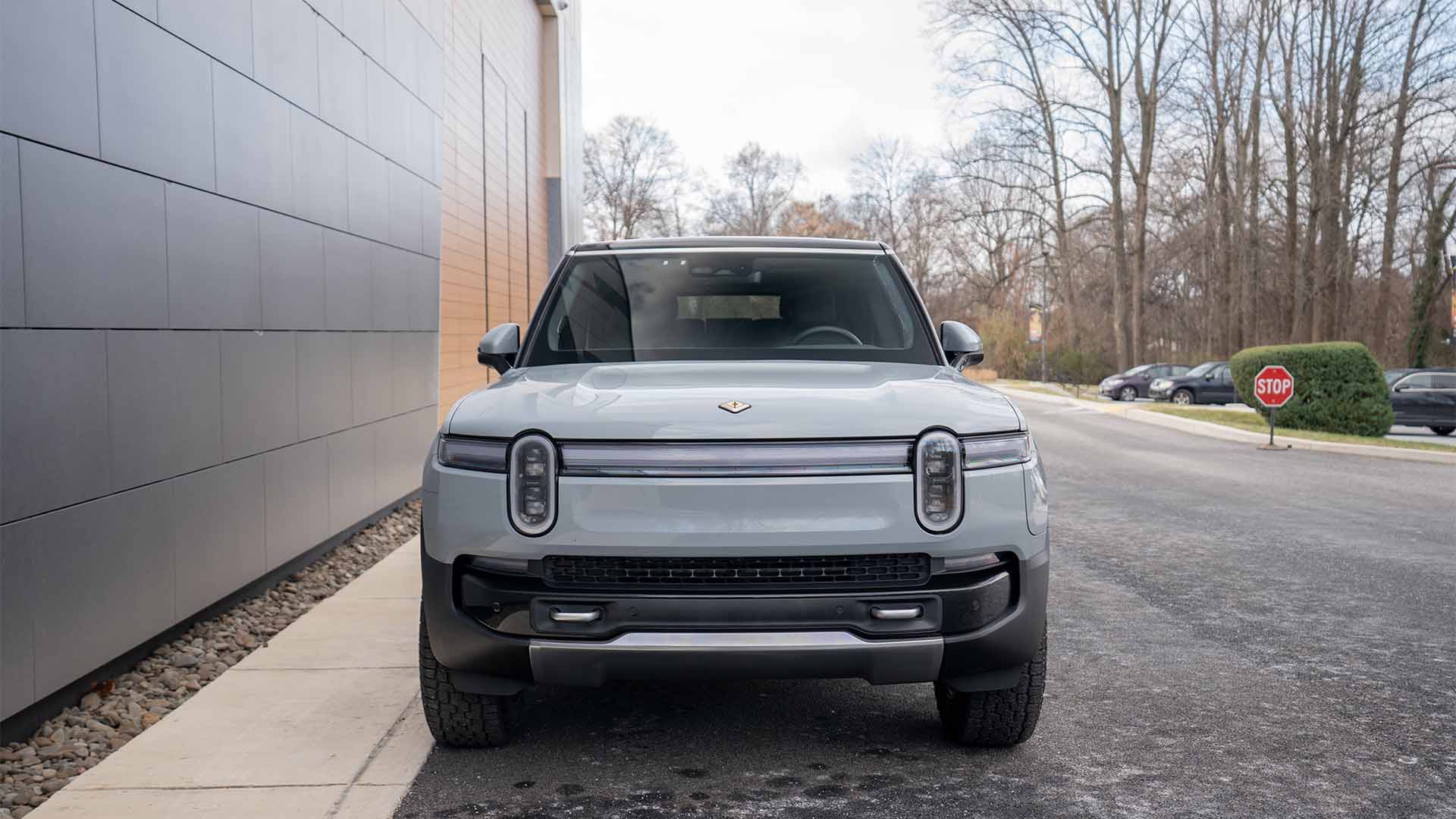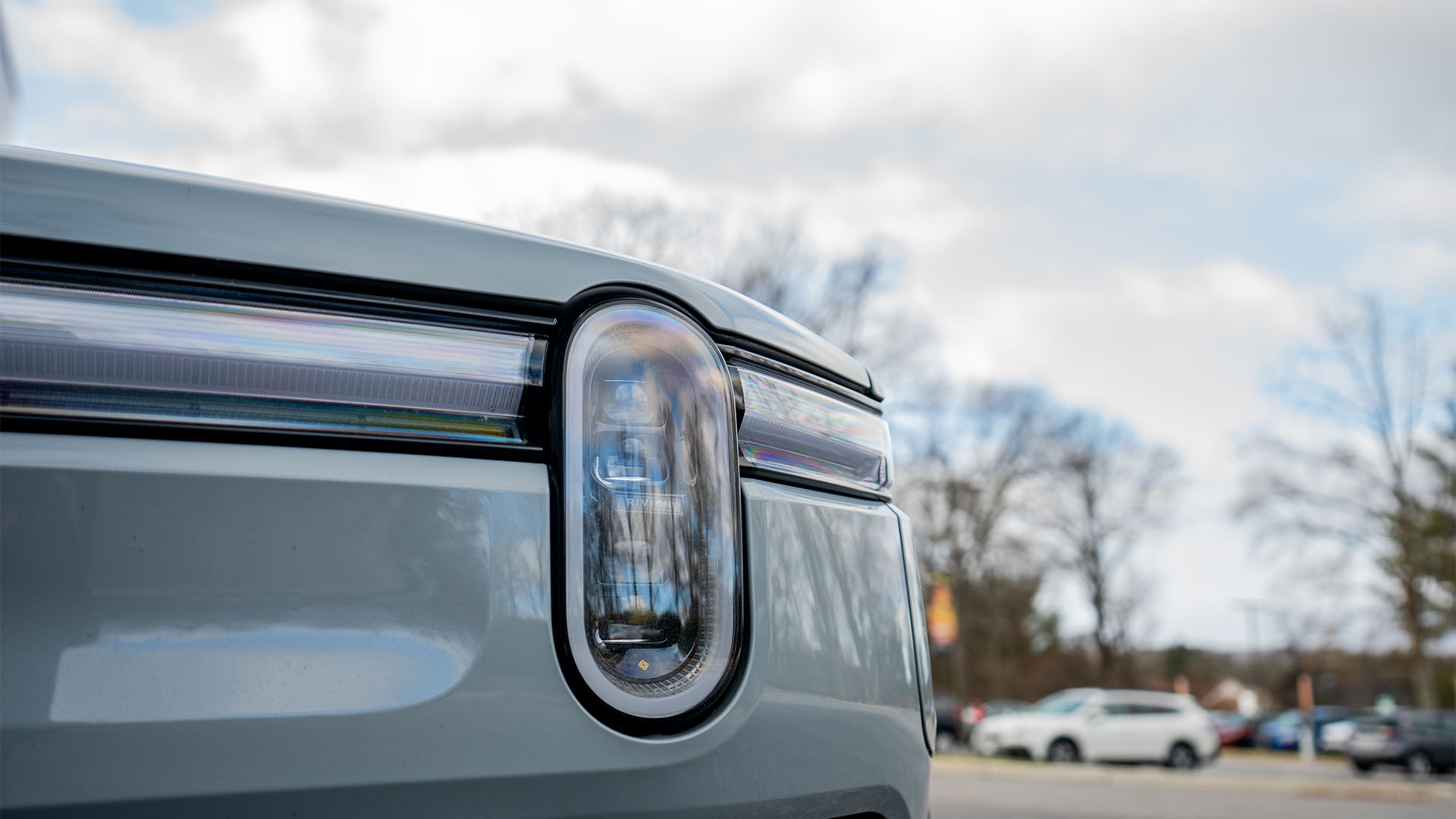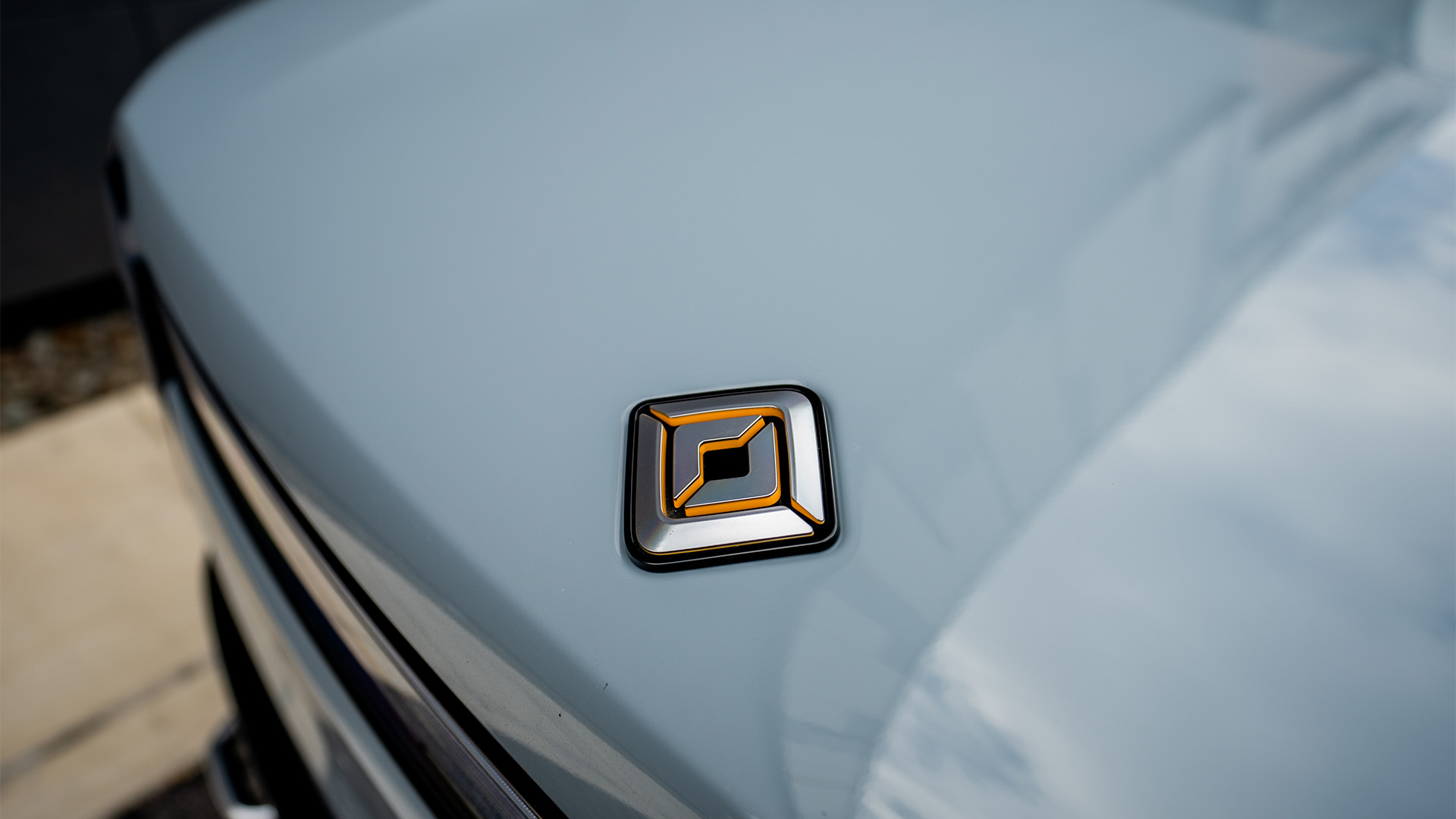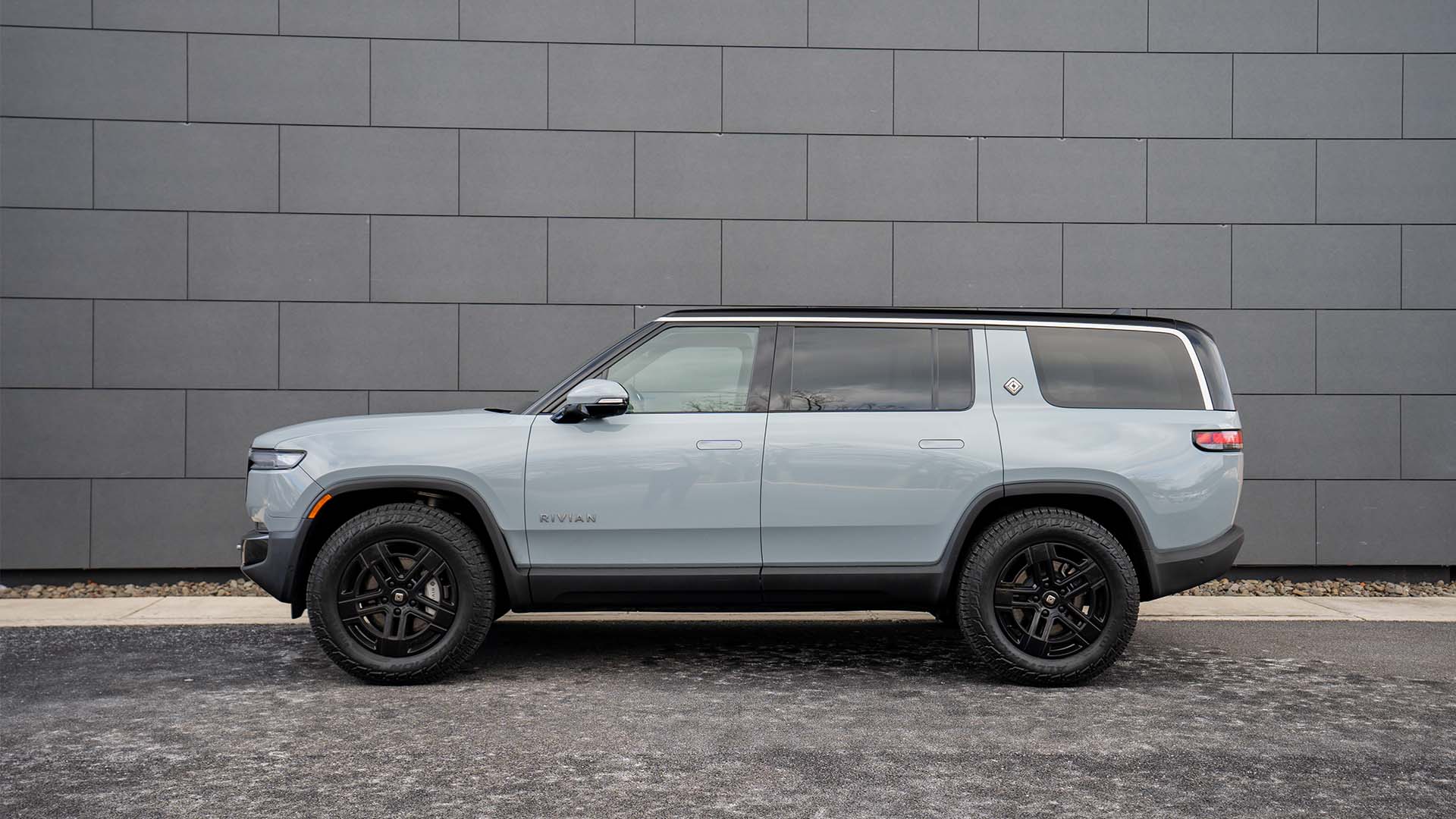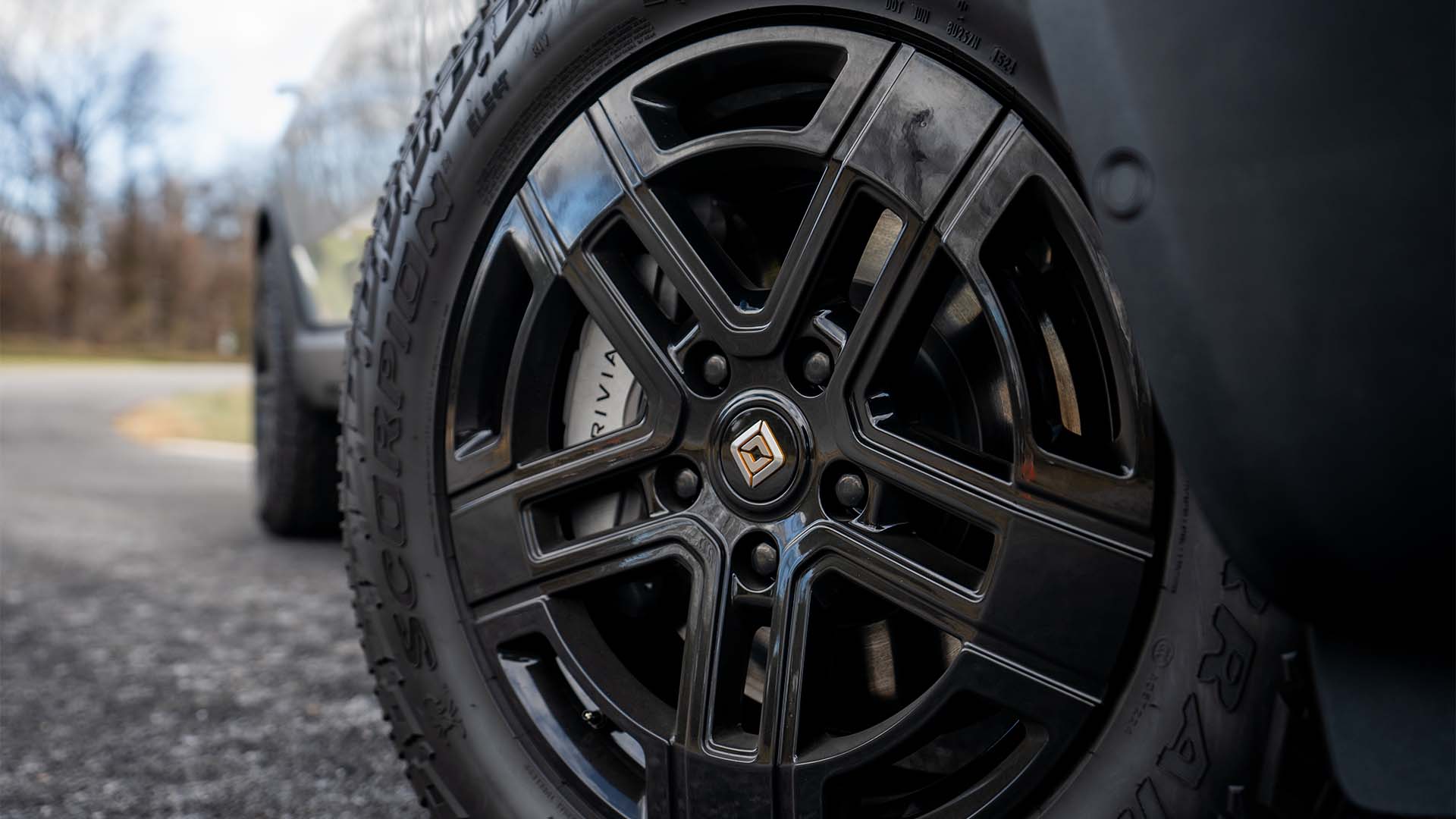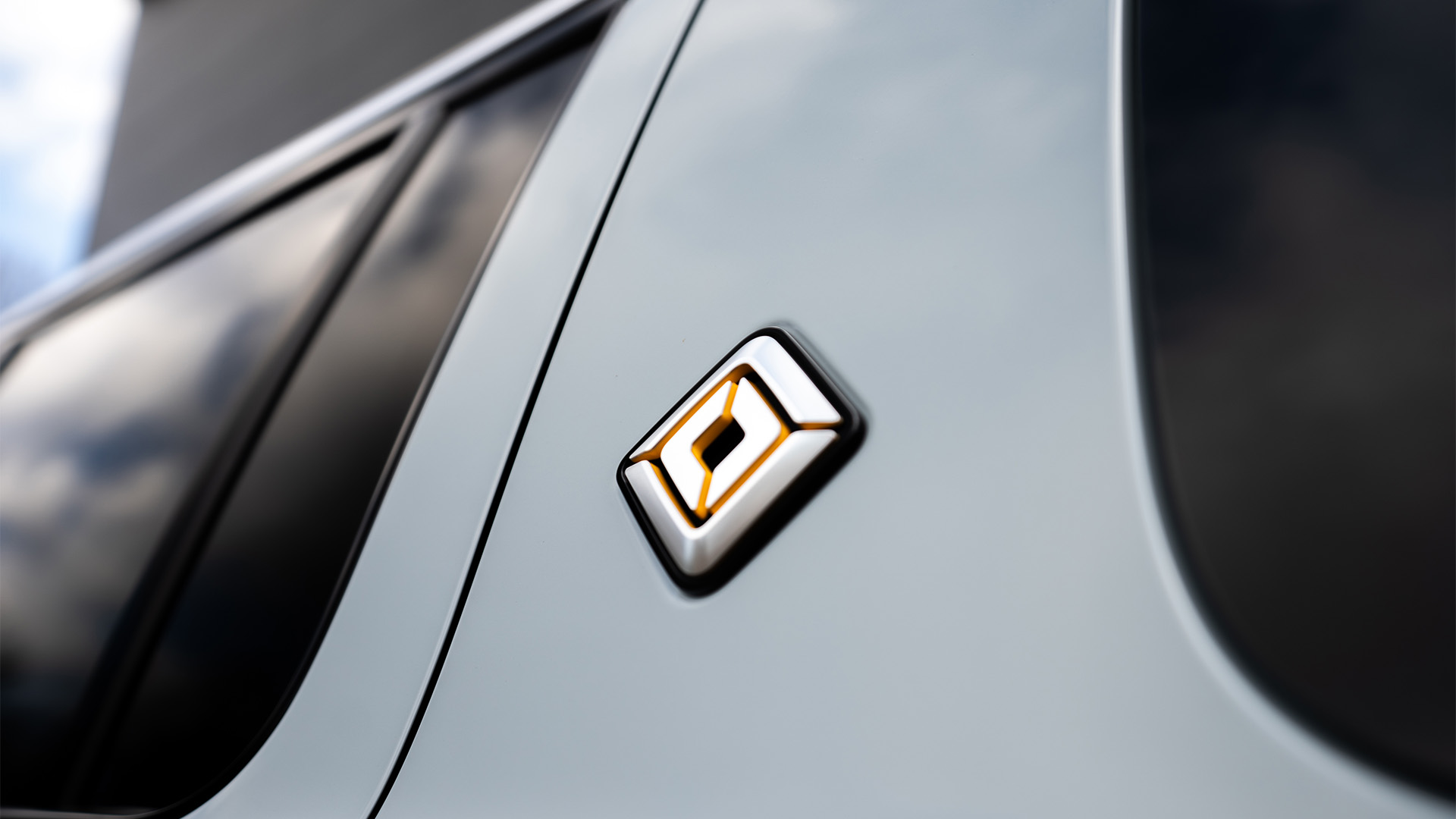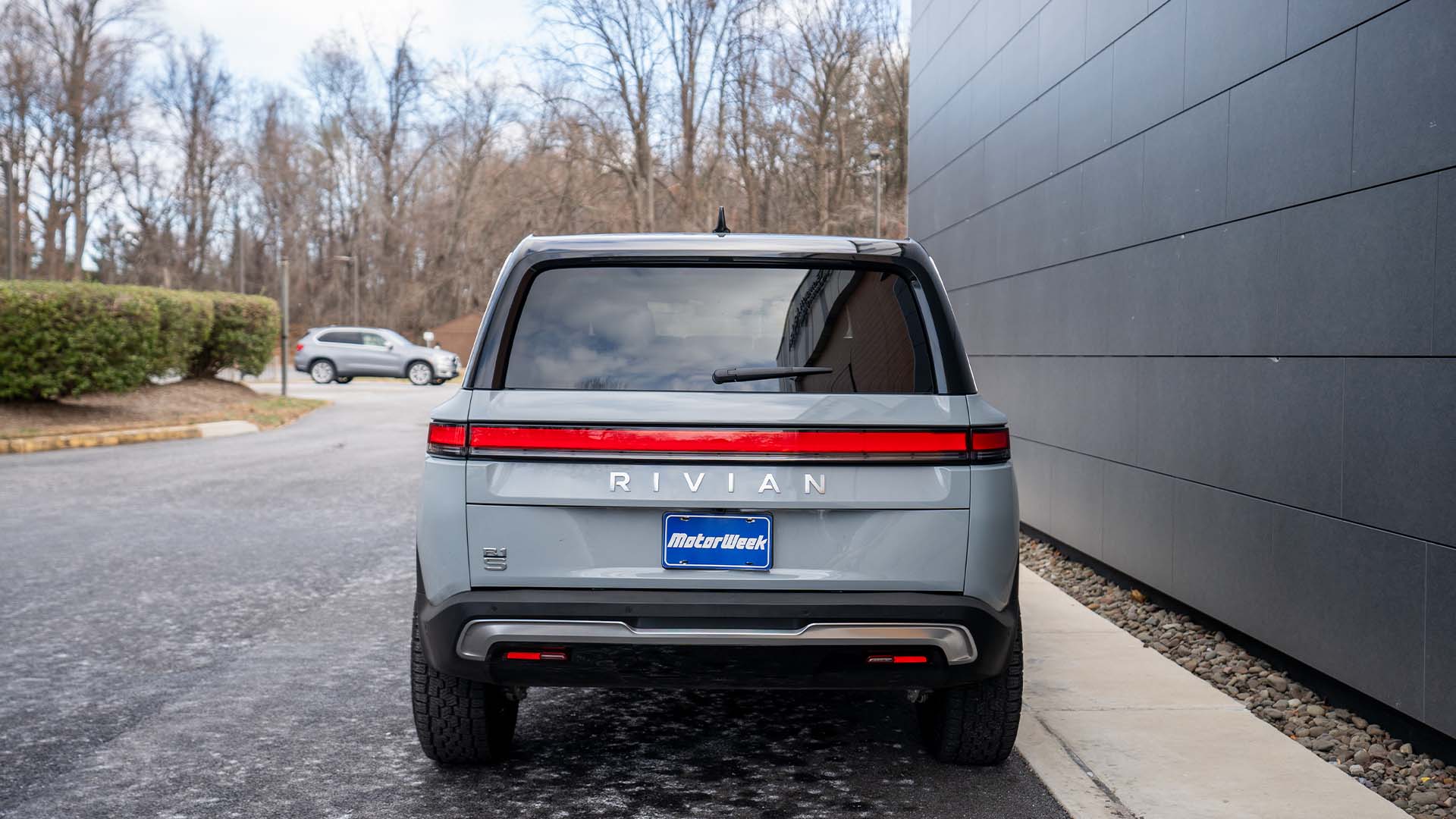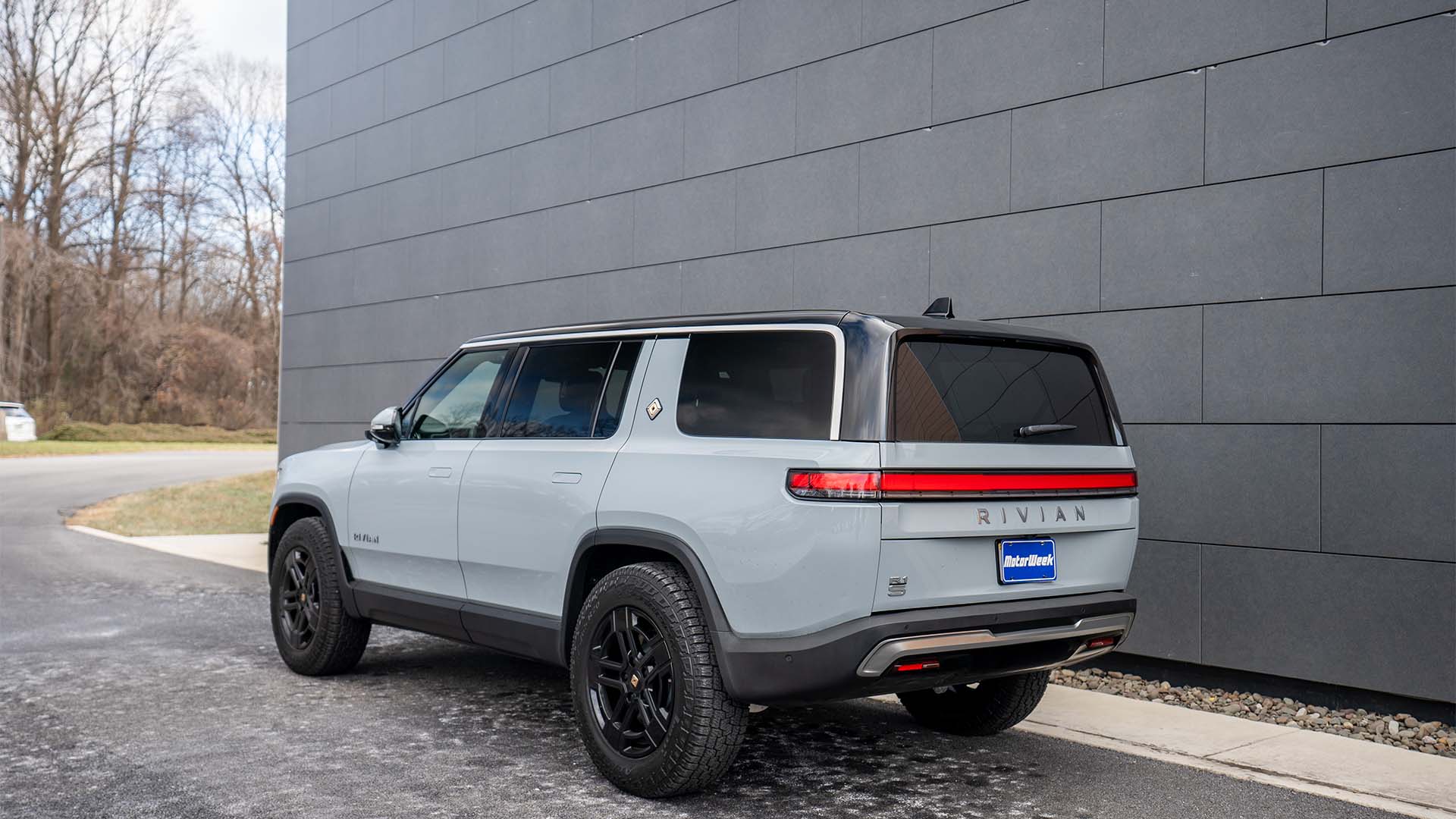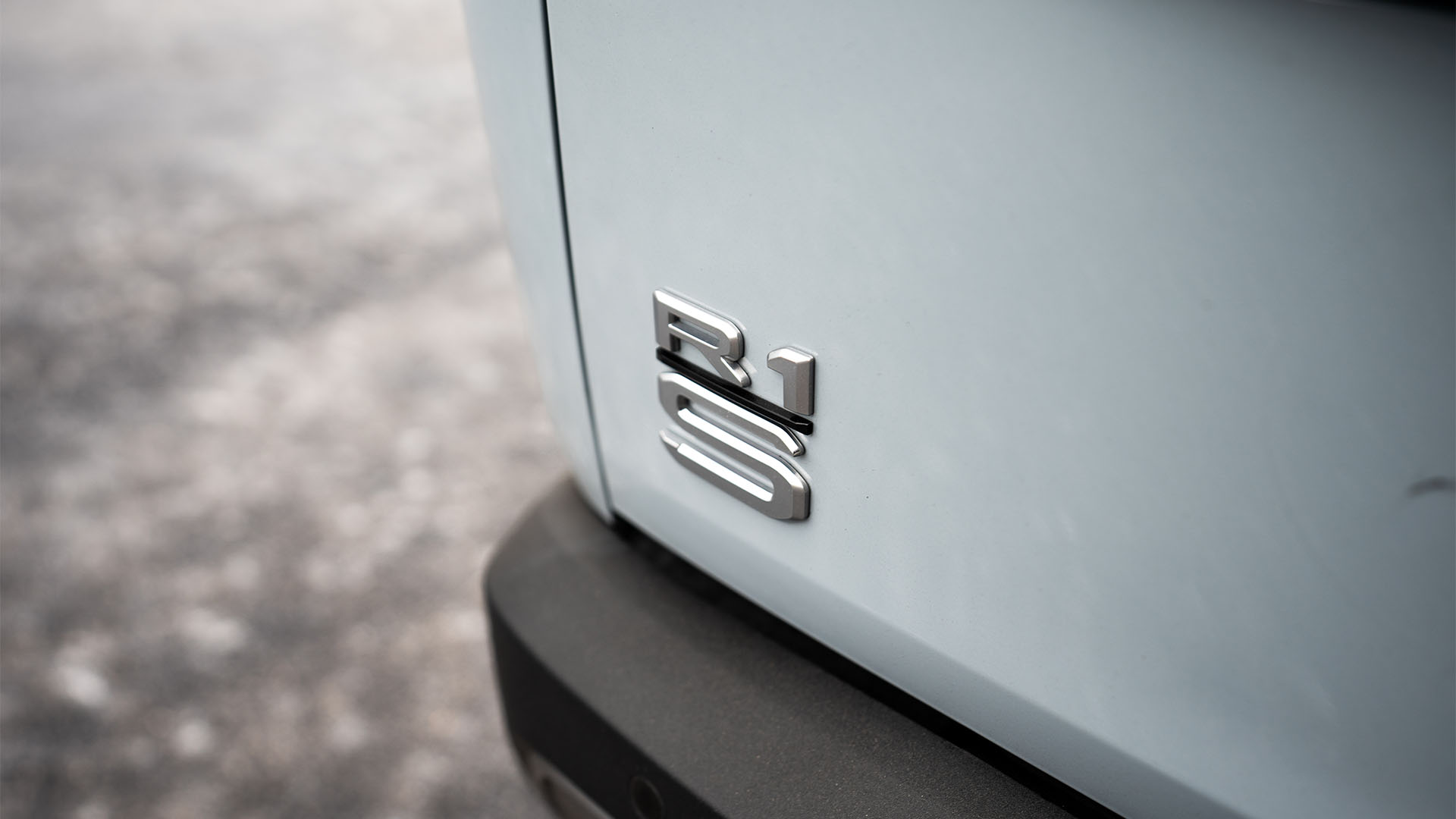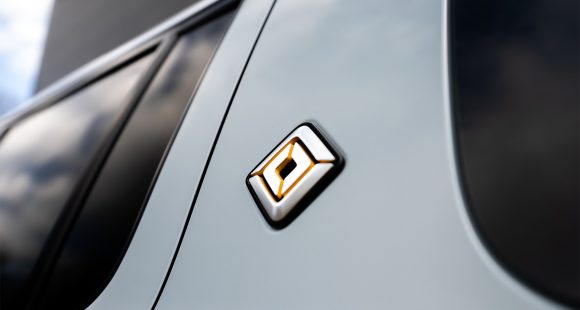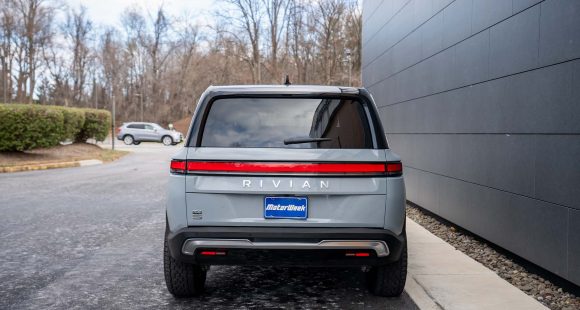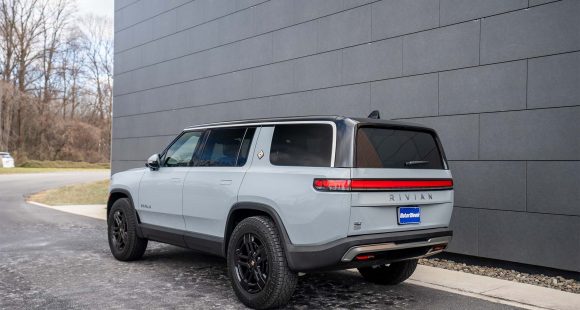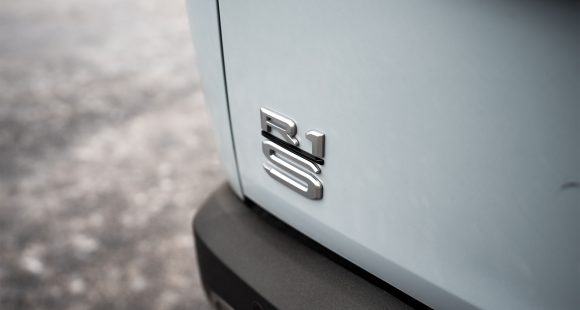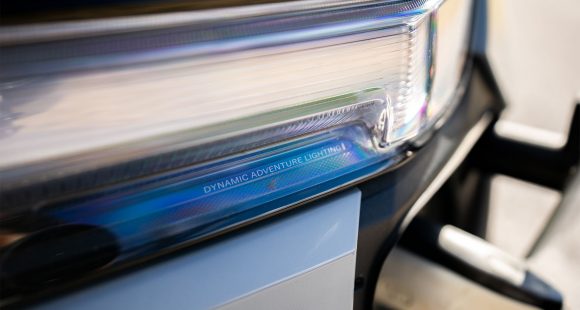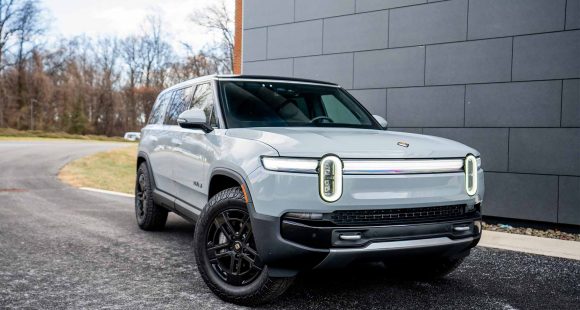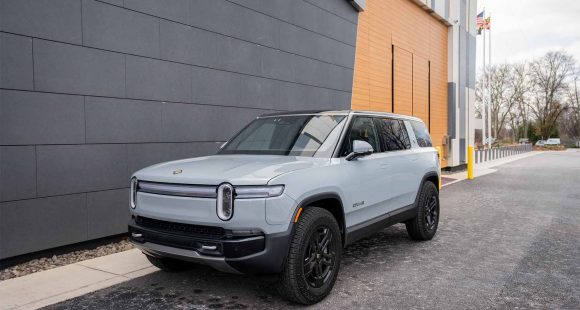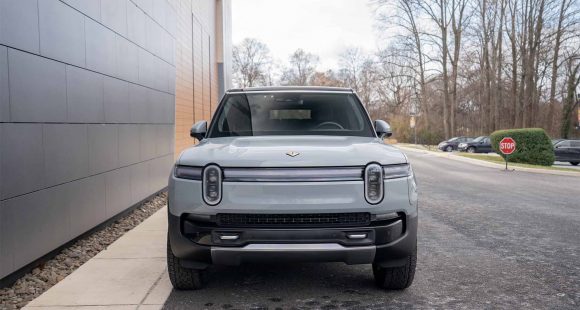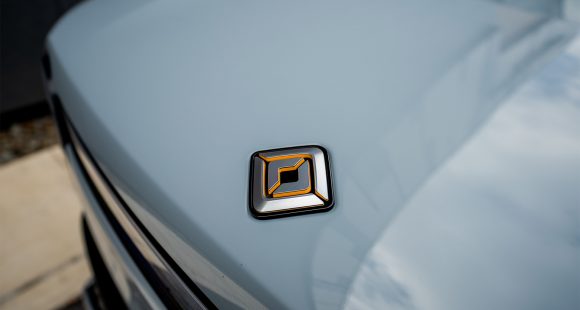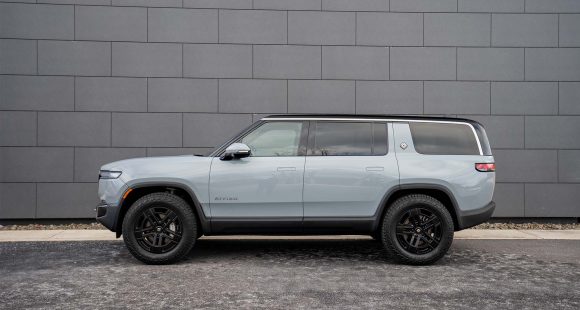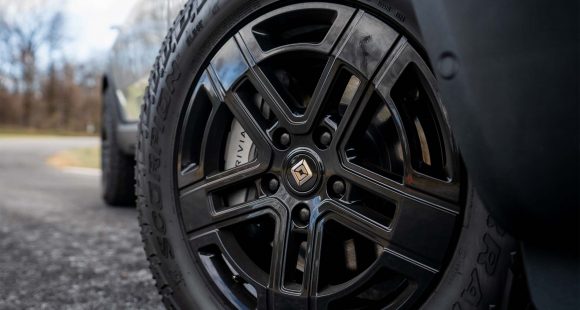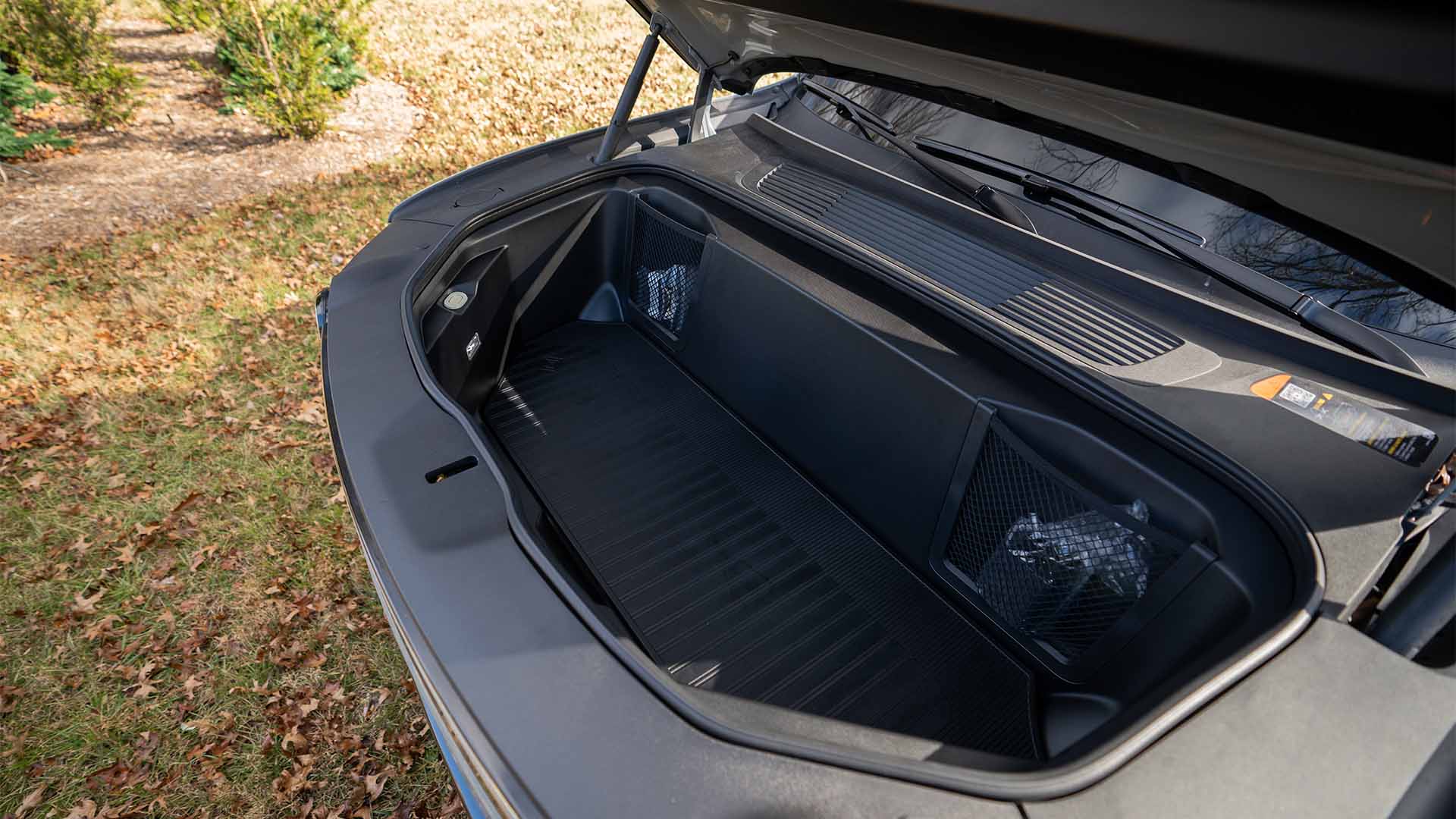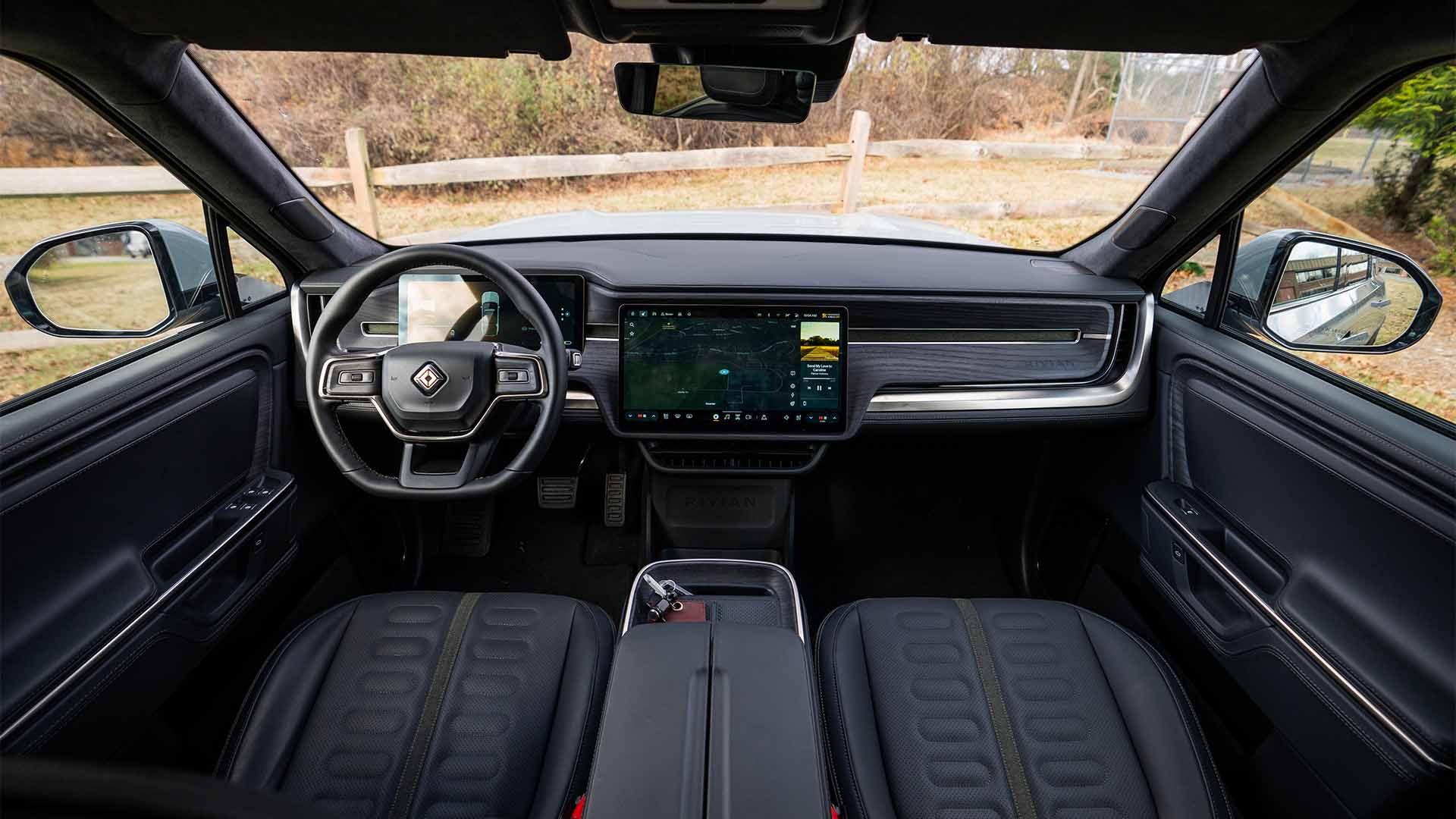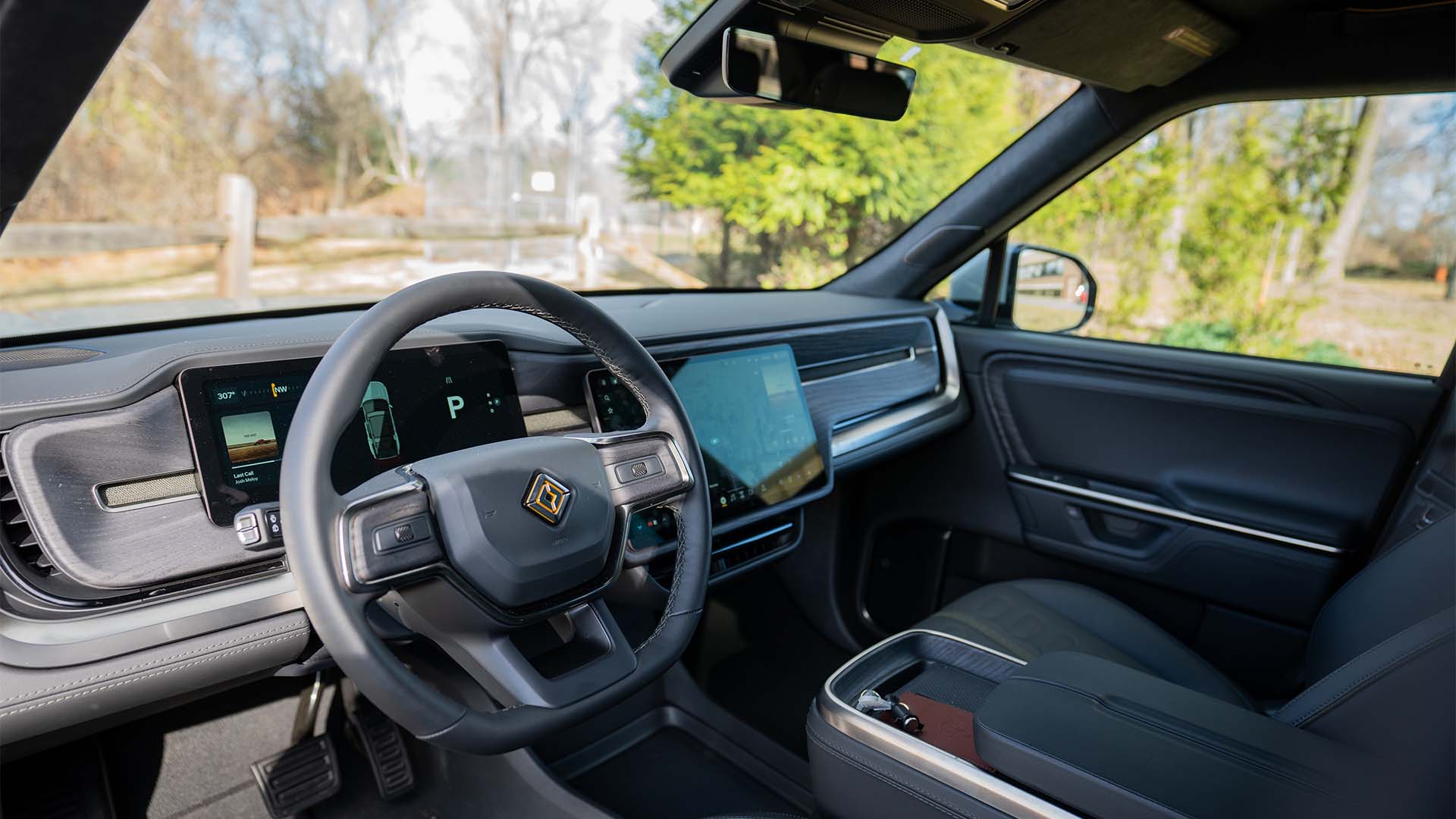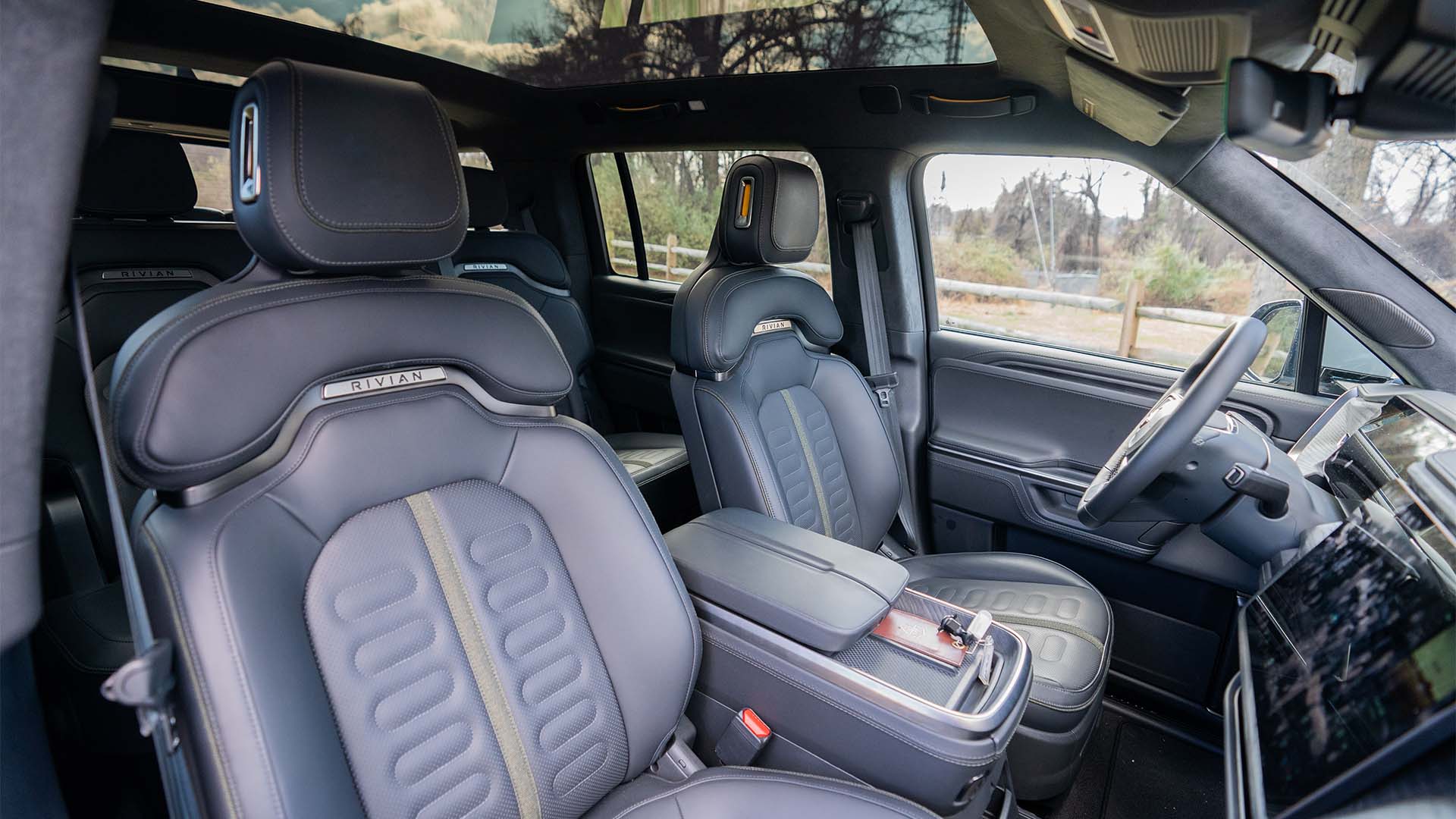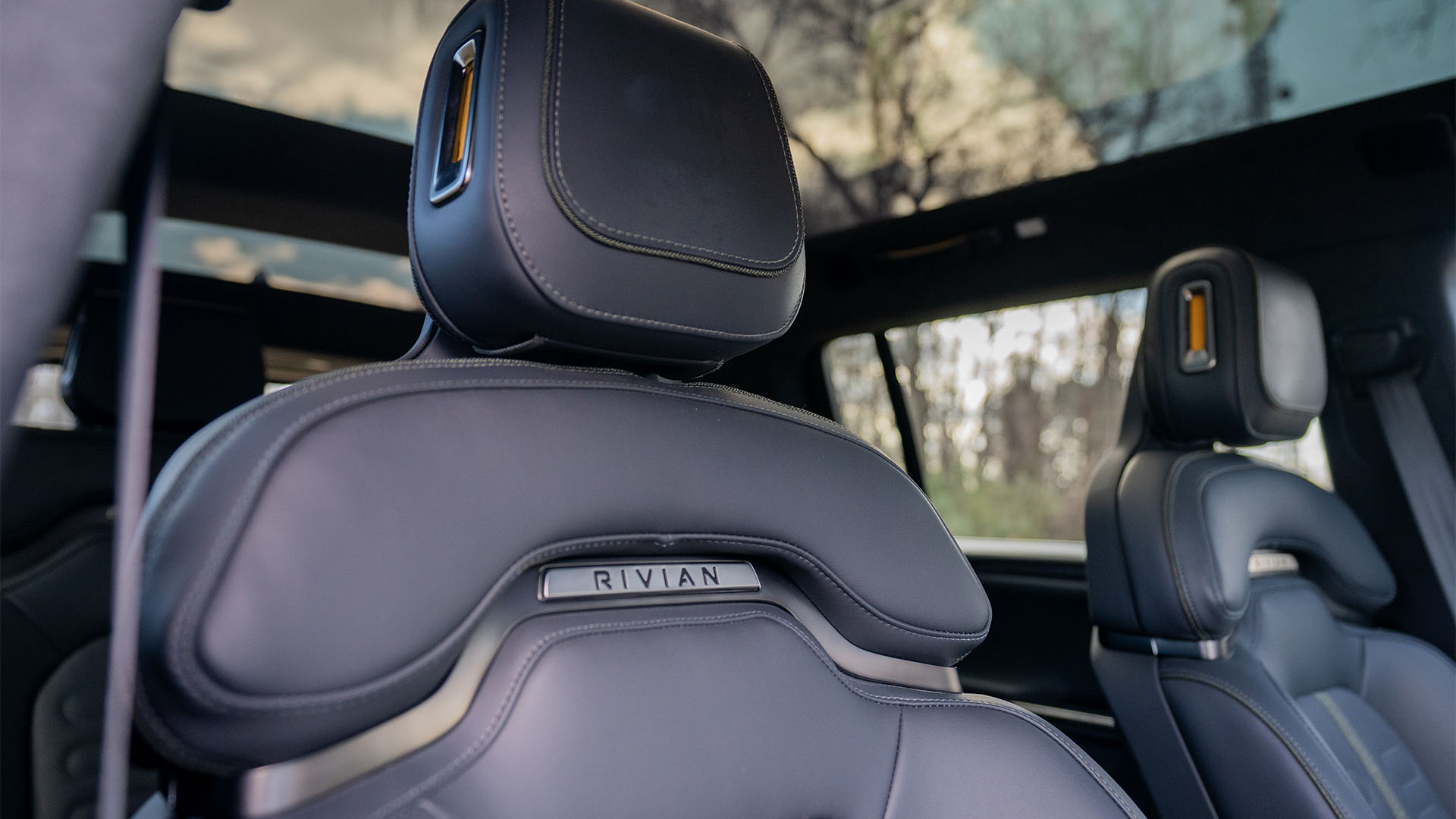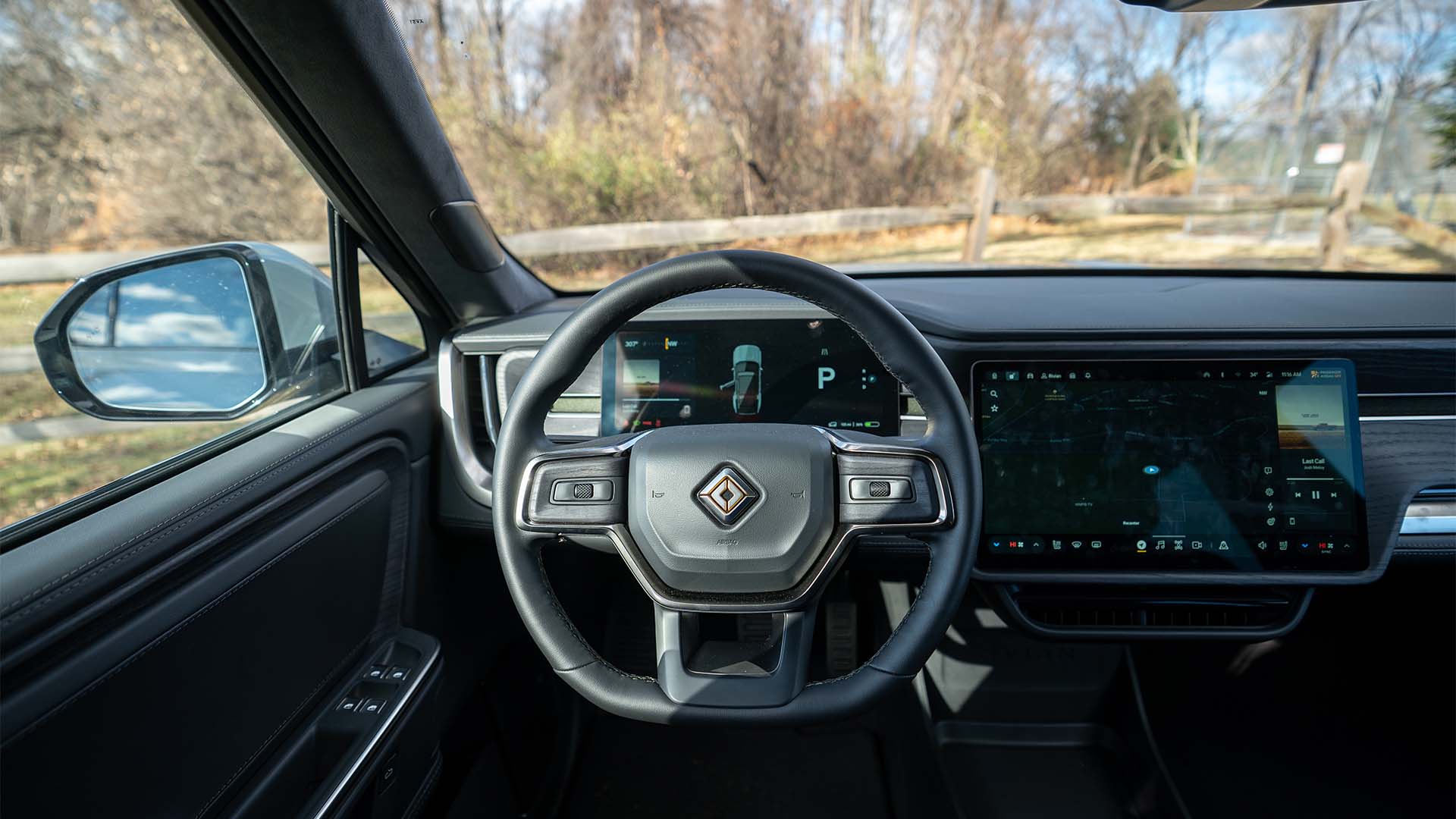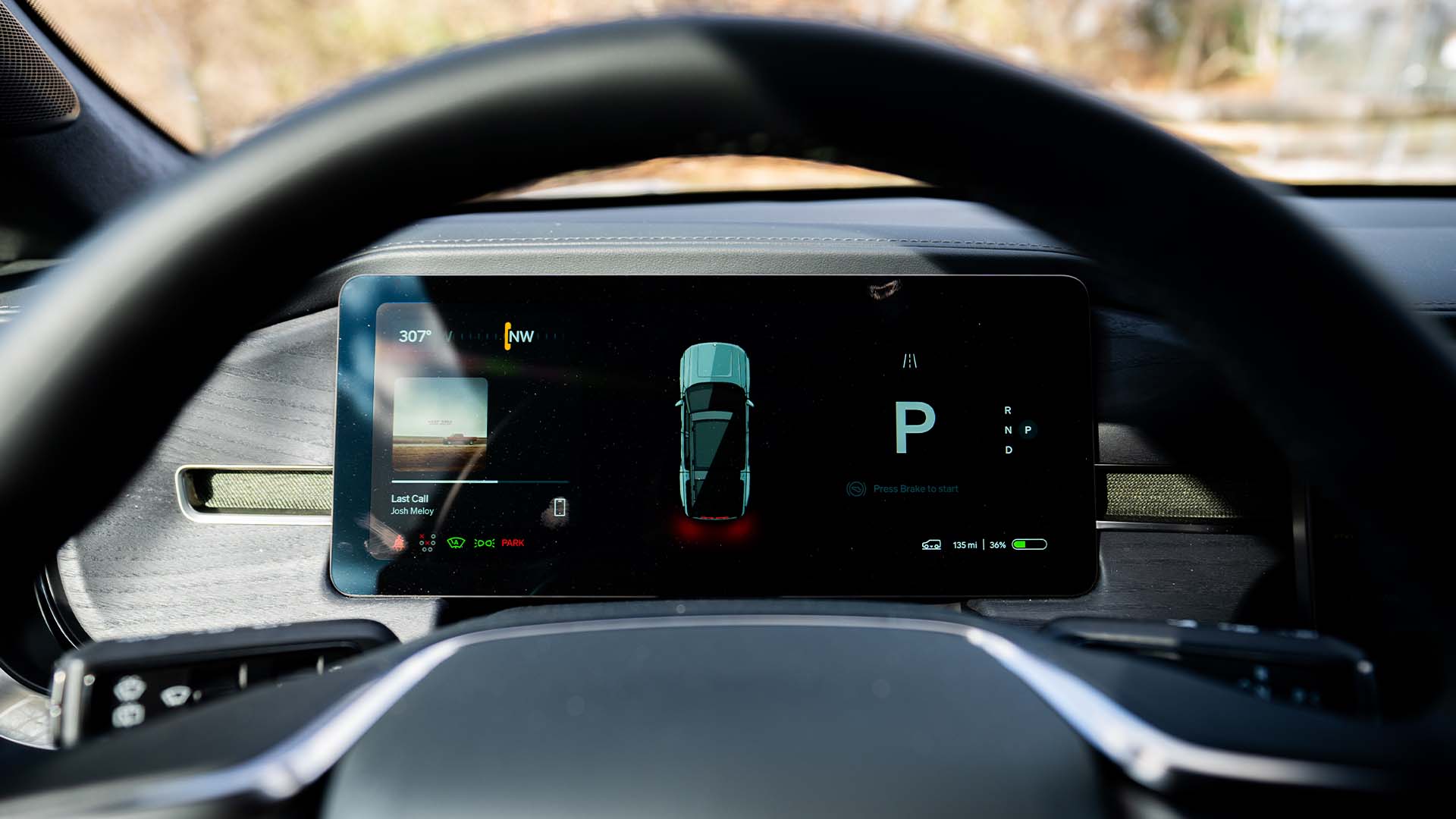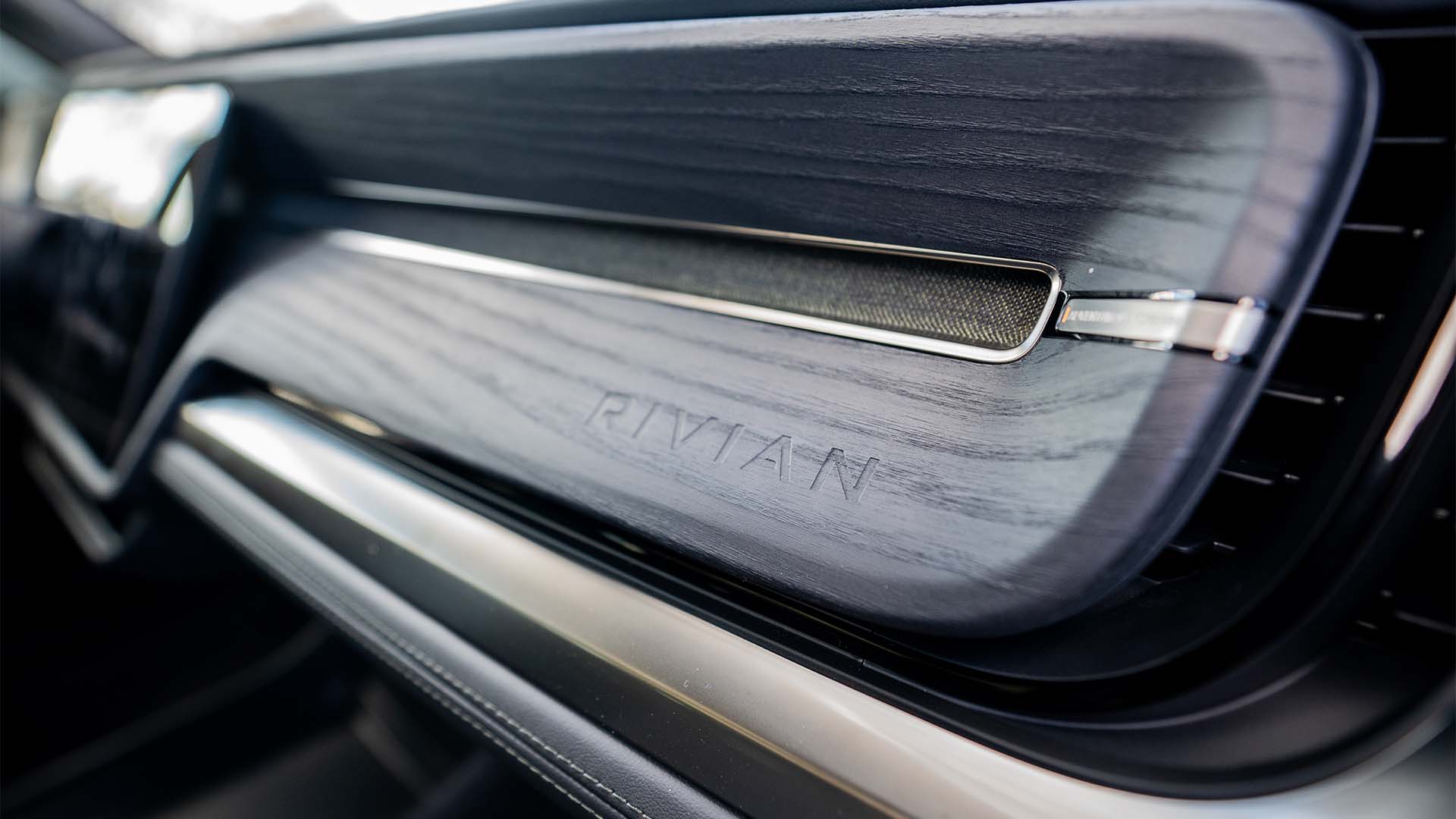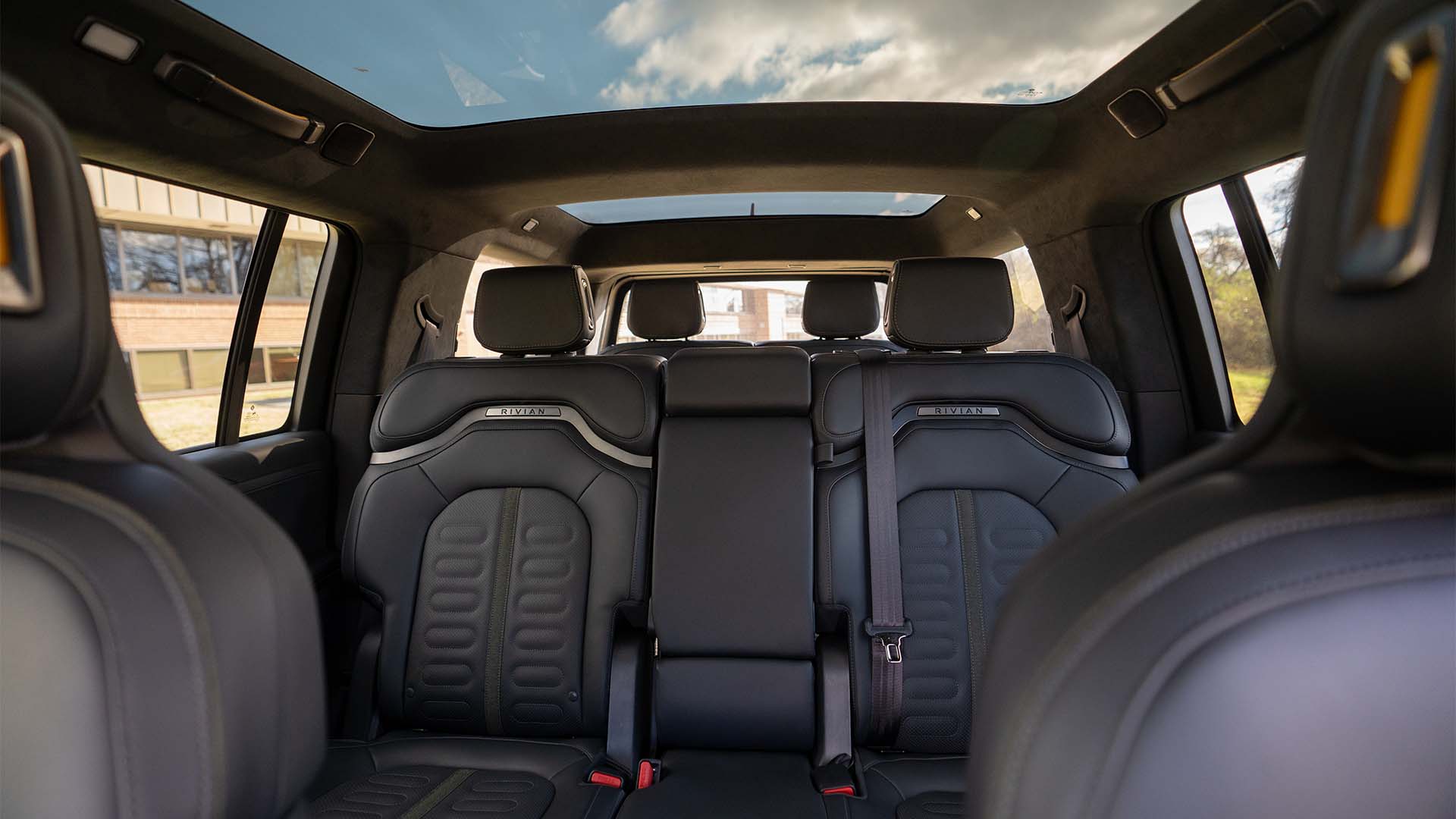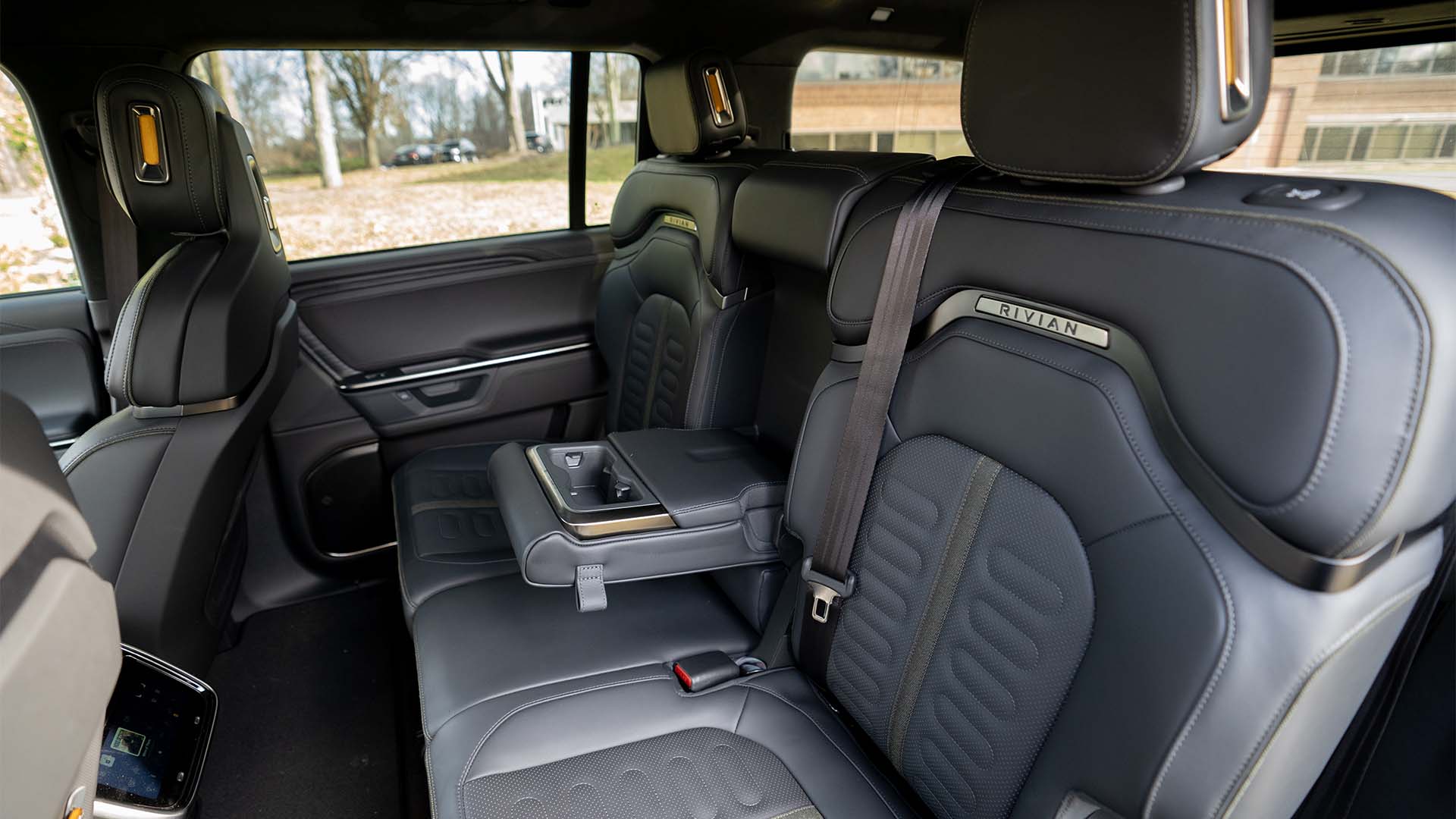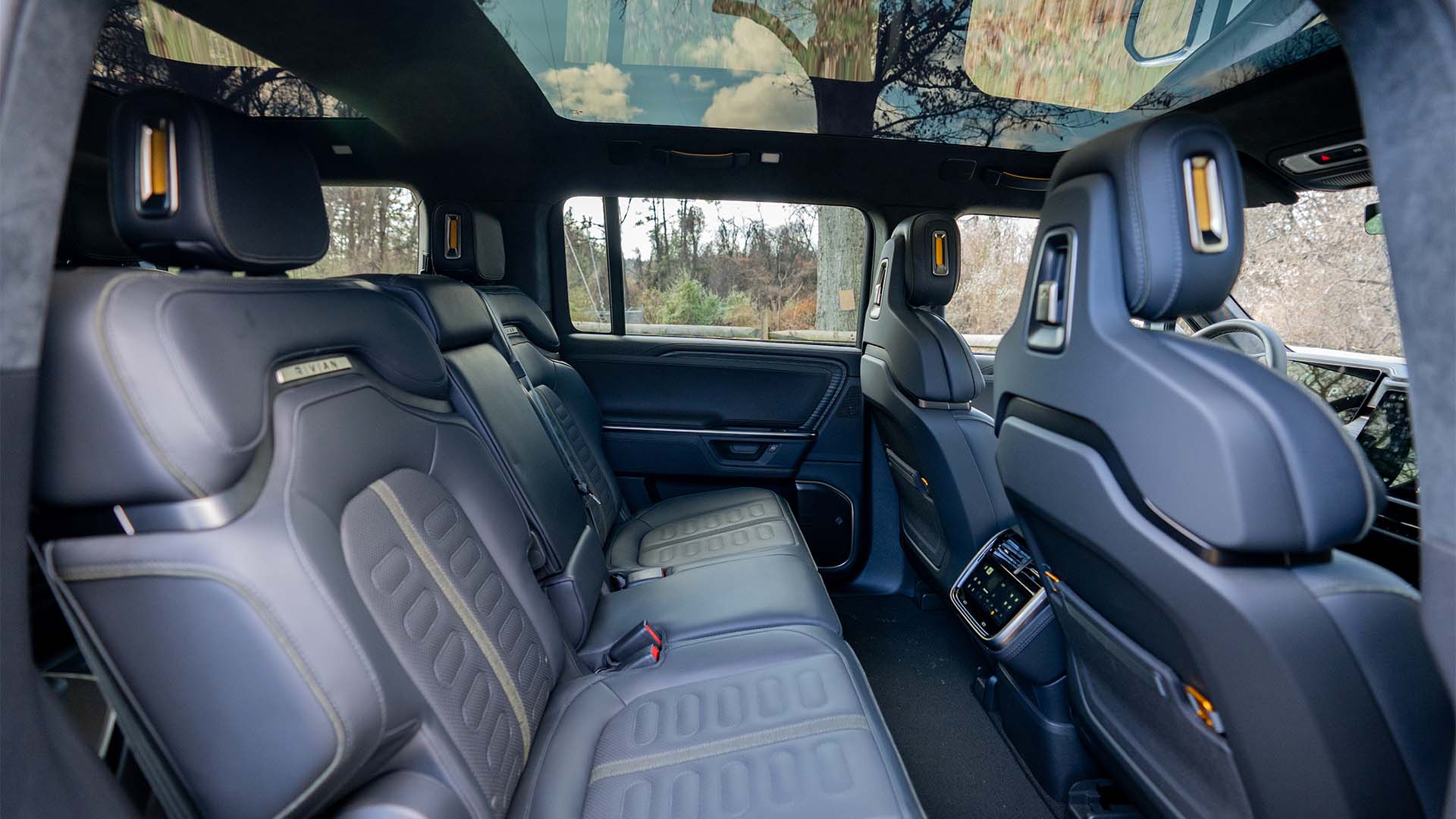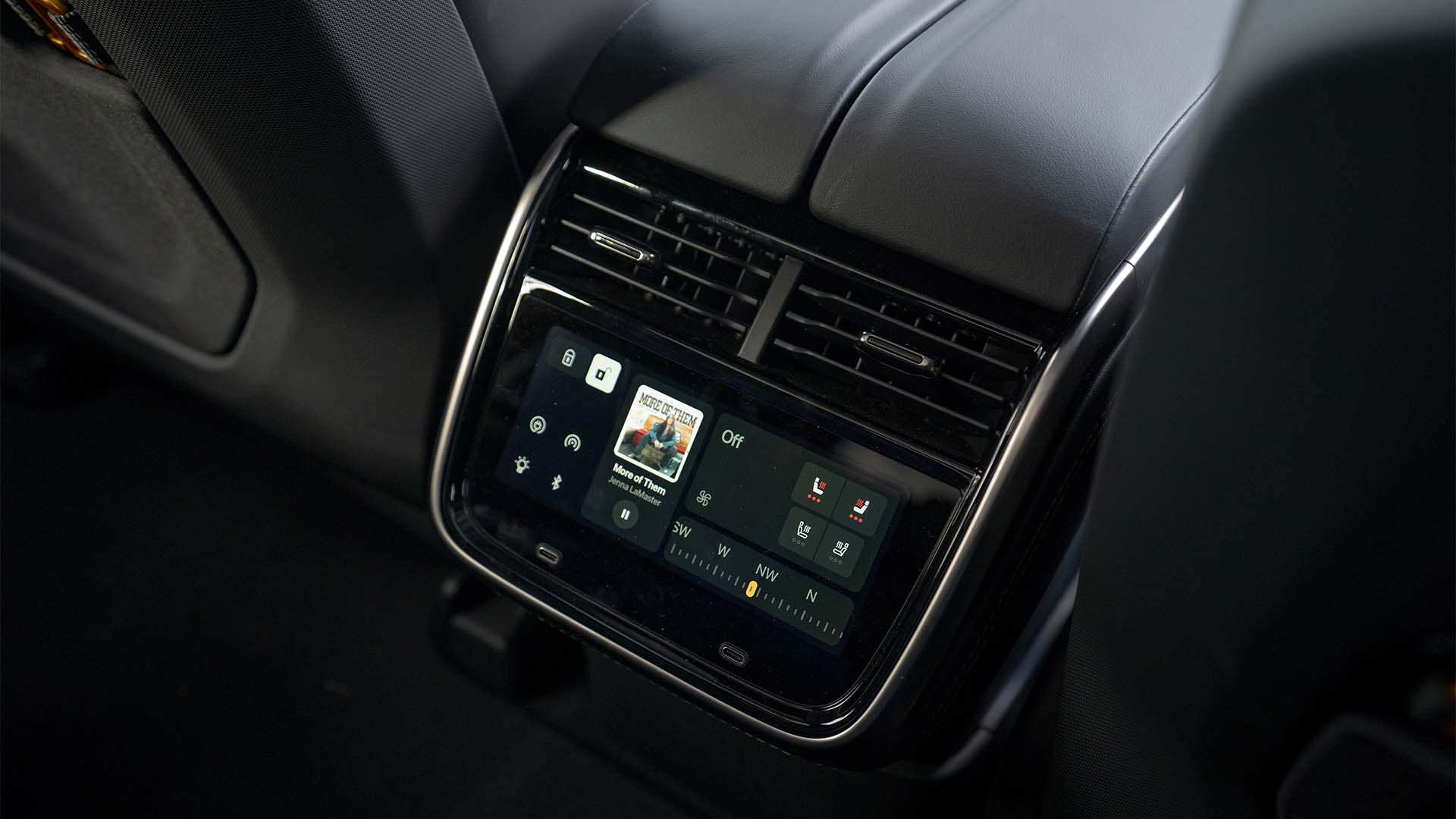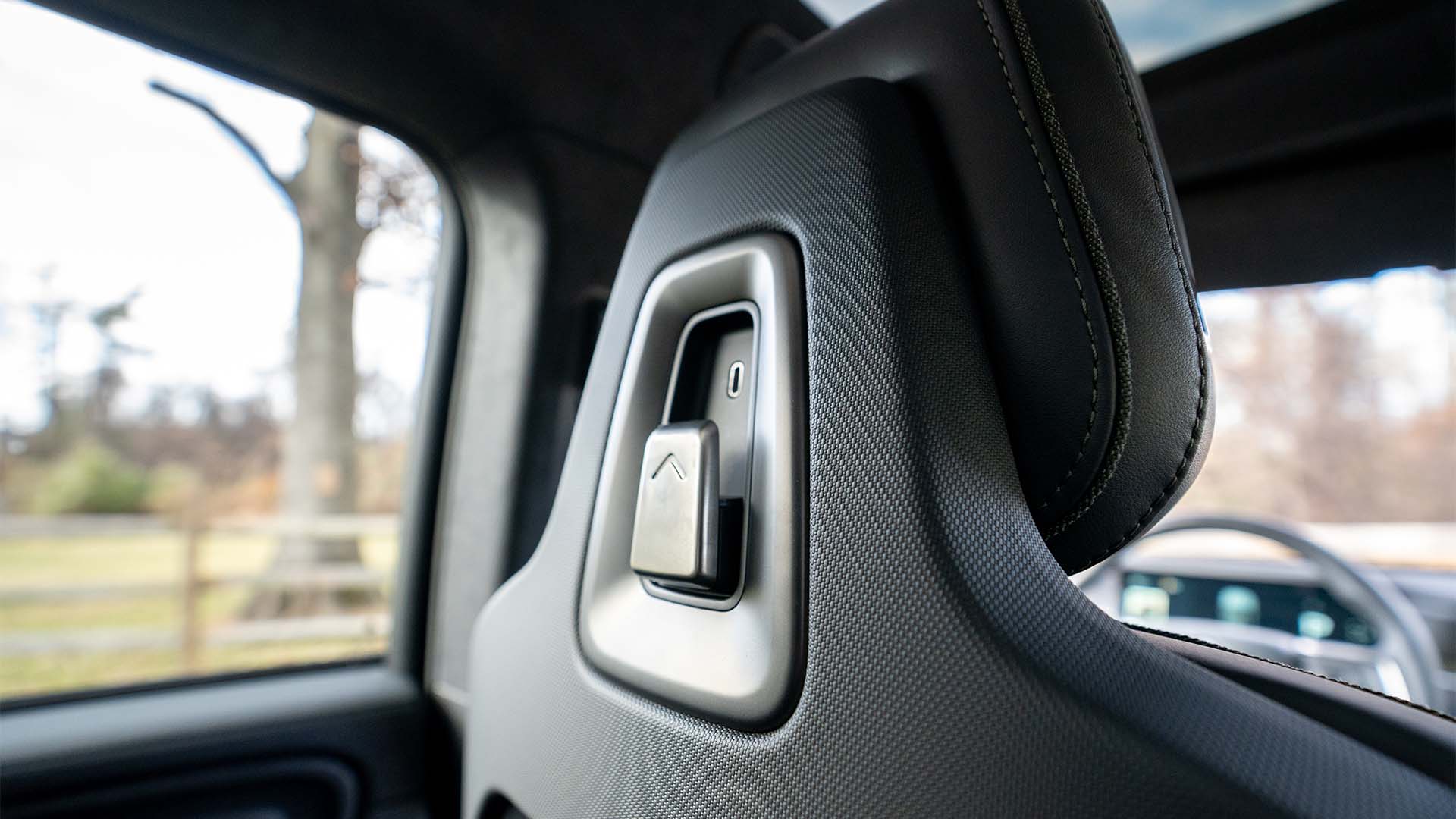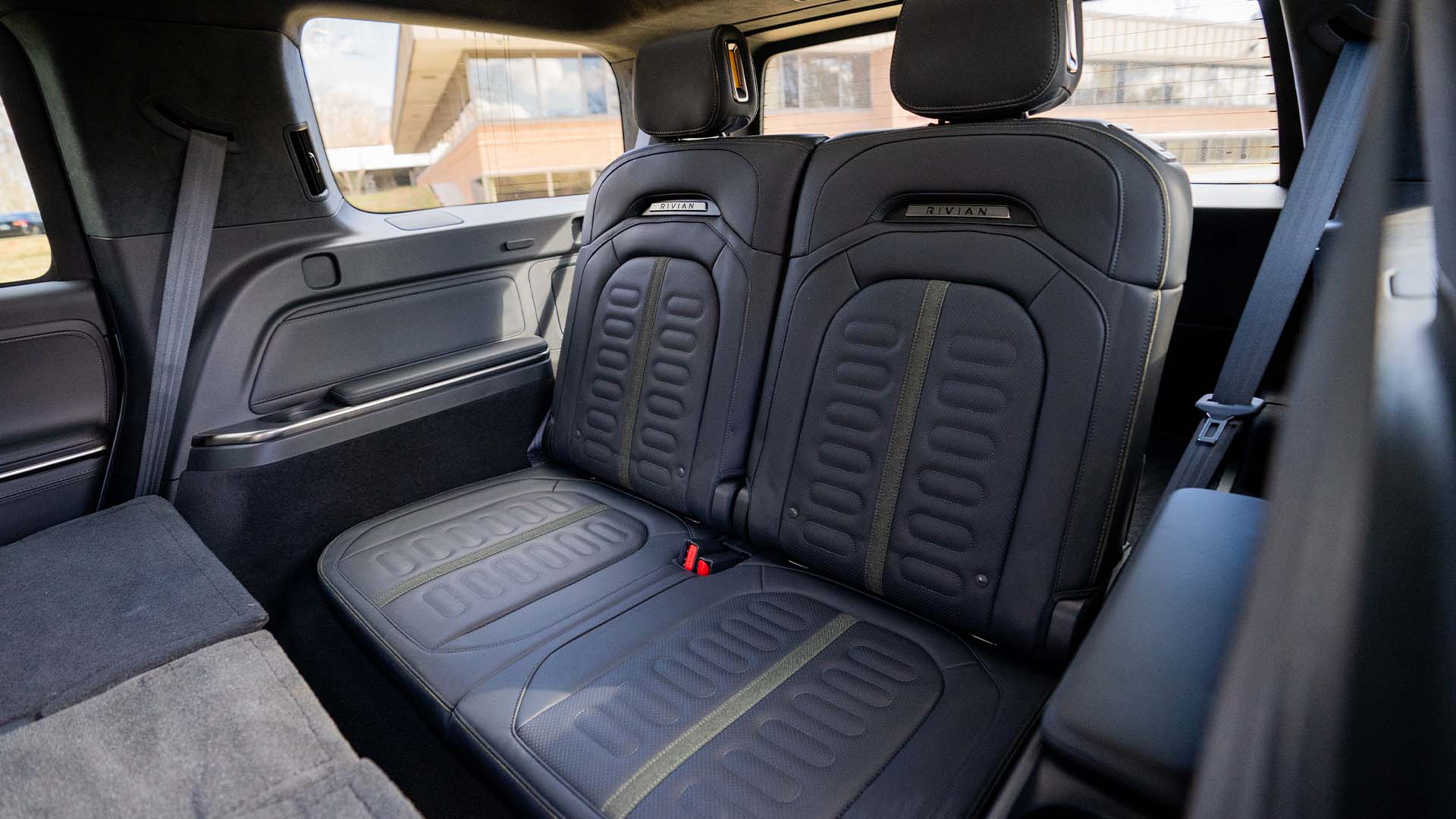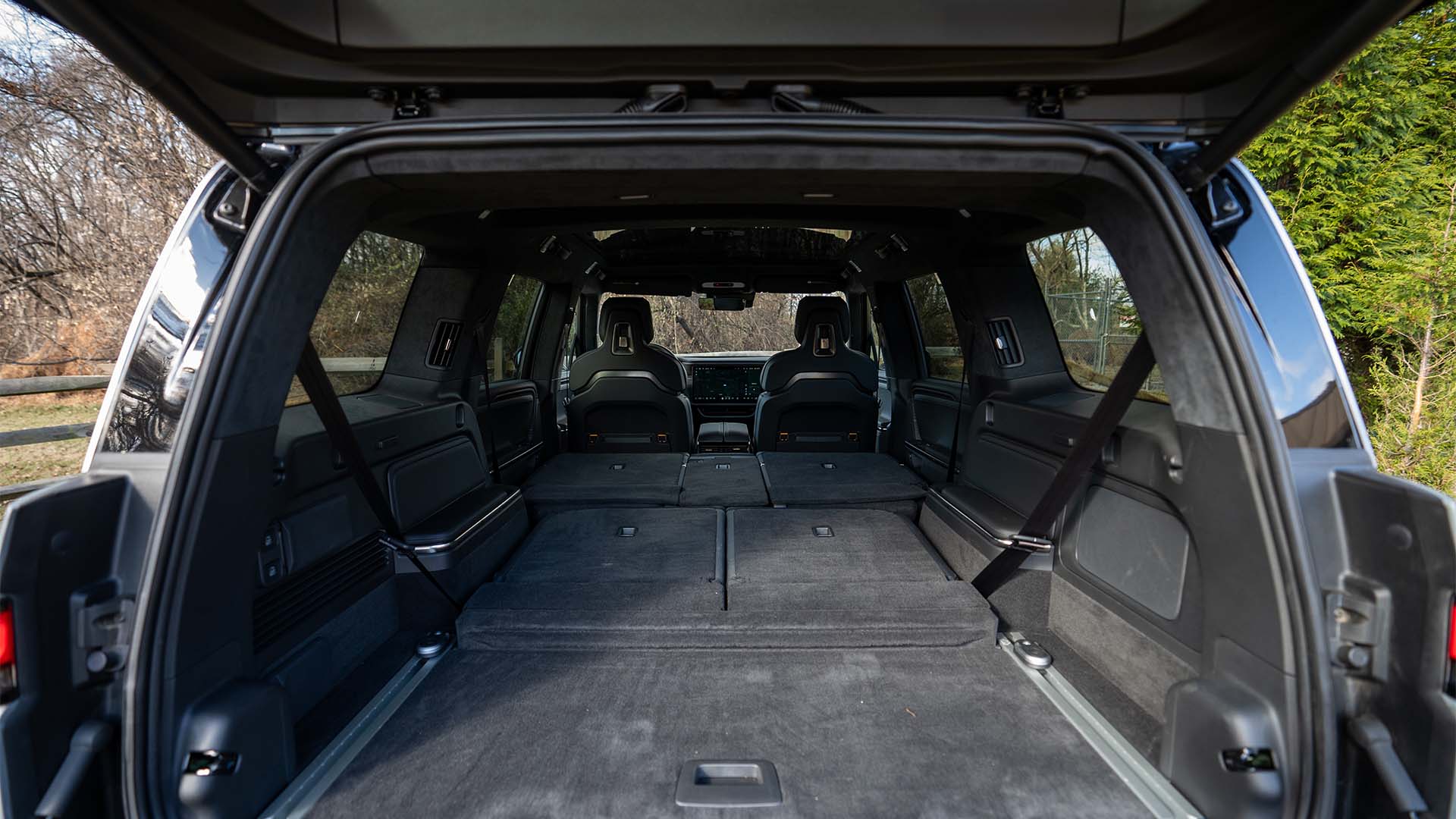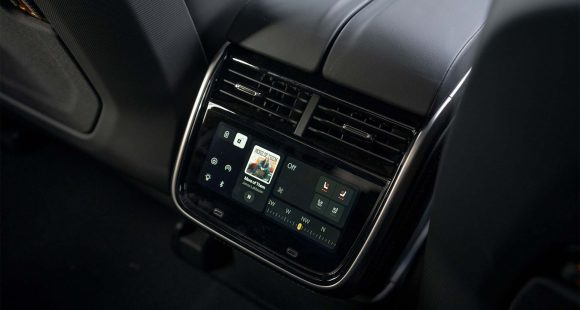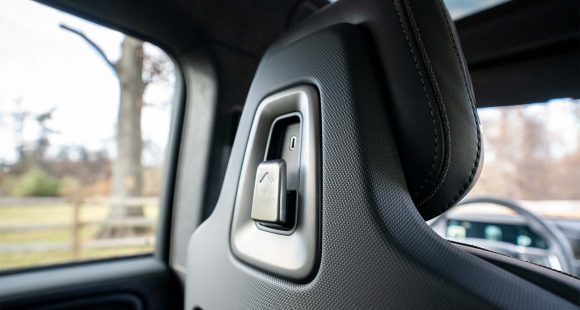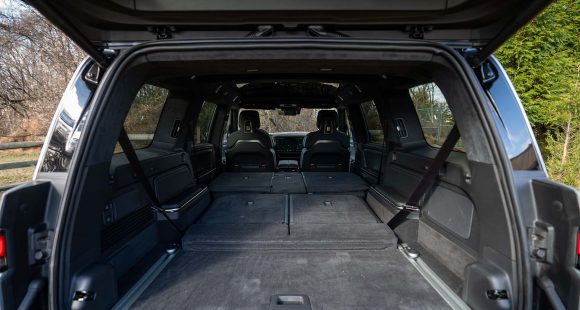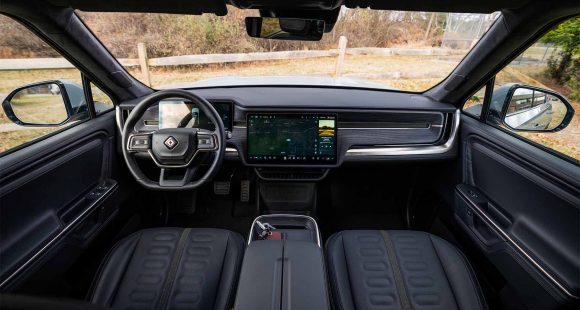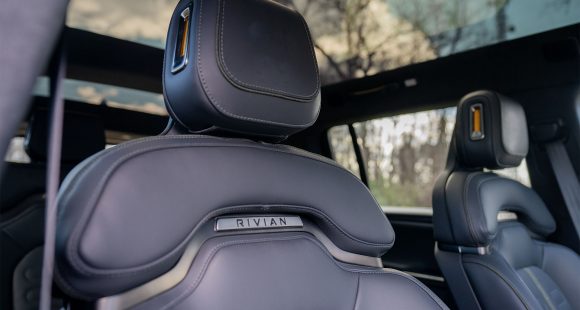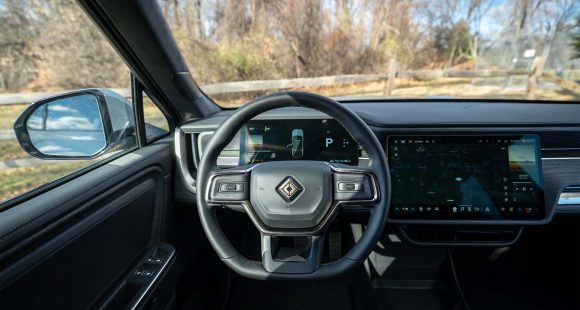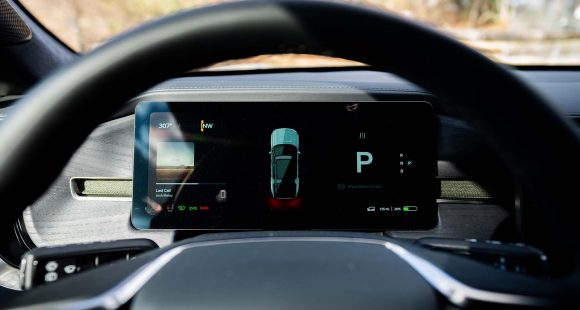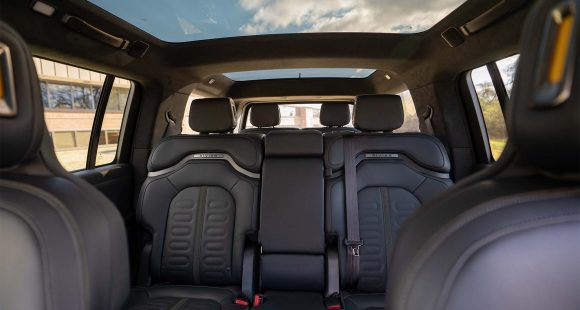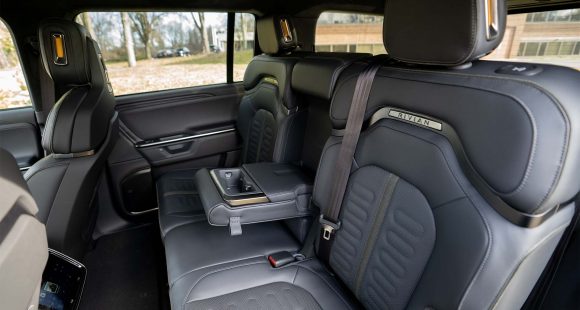2018 Dodge Challenger SRT Demon
We’ve all heard the numbers and seen the hype videos. The Dodge Challenger SRT Demon, with its 840-horsepower Hellcat engine will do the ¼ in 9.65-seconds, while hitting 60 in just 2.3. But as with most cars, there’s more here than just numbers. So come along to the dark side with us, as we do some down and dirty deeds with the demon.
The 2018 Dodge Challenger SRT Demon is one of those cars that you think is only possible in a dream. Fortunately, the hard-working folks at Dodge’s Street and Racing Technology division are more than just dreamers. They actually made this drag strip worthy beast happen.
It seems implausible with all of the hype surrounding it, but the Demon was actually developed mostly in secret; engineers going cloak and dagger, and even working on their own time, until they knew they had something the brass would devour.
We all know the basics for more horsepower, more air, and more fuel to react with it; but cranking the Hellcat’s 6.2-liter HEMI V8 up to 840-horsepower and 770 lb-ft. of torque required a lot of work, a few more revs, and 100-octane fuel. On premium grade gas it’s a mere 808 horse ride.
Such output also demanded cranking the supercharger up to 14.5 psi to shove said air into the combustion chambers.
 Along the way it passes through an SRT-developed Power Chiller which uses the A/C’s refrigerant to reduce air temps by up to 18-degrees.
Along the way it passes through an SRT-developed Power Chiller which uses the A/C’s refrigerant to reduce air temps by up to 18-degrees.
On the other end of the engine, they beefed up everything that carries the power to the rear wheels, added a production-car first TransBrake for nailing killer launches, and a line lock for simplifying burnouts.
Now, with all of that in mind, what you might not expect, is at the dragstrip, the Demon is not that insane at all. And by that we mean doing ten second ¼-miles in a car properly set up for drag racing, is similar to hitting a road course in a perfectly balanced race car.
The Demon launches extremely hard, but if you hit it just right, all of the car’s weight gets pushed to the rear, and it just hooks up and takes off; carrying all of that power down the track with no drama whatsoever.
Sure, you can get some wheel-spin if you want, but using Drag Mode with Launch Assist and Torque Reserve makes launching super simple.
All Demons come equipped with the TorqueFlite 8HP90 8-speed automatic transmission, which fired through gears without missing a beat; as we made passes continuously for an entire afternoon, without a hiccup.
 So, don’t think of this as some one-off car just to do a couple runs and get some crazy numbers for publicity.
So, don’t think of this as some one-off car just to do a couple runs and get some crazy numbers for publicity.
With temps in the 90s and high humidity, we couldn’t match Dodge’s NHRA-certified run of 9.65 but we ran consistent low-10s, and came real close to matching the claimed 2.3-seconds to 60.
Other things that set the Demon apart from standard Hellcat fare, are the Air Grabber hood and wide-body styling that adds fender flares to fully cover the standard 315/40/18 Nitto drag radials. Wheels for those front skinnies are part of the $1 Demon Crate option.
Unique touches inside, include a numbered Demon badge, and Demon logo on the seats. A Speedlogix 4-point harness is also an option…
…as is the front passenger seat, though Dodge will throw it back in for just a buck more.
Even though every update has been made with drag racing in mind, it remains a very street-able car. And as a value-added bonus, due to the flexible sidewalls of the drag radials, ride quality is actually better than the Hellcat.
Now, you would think that’d be enough SRT news for one year, but Dodge has got something else headed our way for ’18, it’s the Durango SRT.
 Believe it or not, it’s the first time Dodge has applied the SRT treatment to this 3-row SUV.
Believe it or not, it’s the first time Dodge has applied the SRT treatment to this 3-row SUV.
For power, it gets the 392 HEMI V8, which supplies 475-horsepower and 470 lb-ft. of torque. The all-wheel-drive system, 8-speed automatic transmission, suspension, and 7-mode drive system all get upgraded to handle it.
This Durango will hit 60 in 4.4-seconds, and clear the ¼-mile in less than 13. But even more impressive, is that you lose none of the functionality that you buy an SUV for; as this Durango will tow 8,700-lbs.
There’s a body kit of course, and plenty of interior treatments as well.
The 2018 Dodge Durango SRT rolls out of showrooms for $64,090.
But, back to the Demon. For a turnkey 9-second drag car, base pricing of $86,090 doesn’t seem that evil. That’s less than what some of the original Hellcat’s were going for. 3,000 of them will be available here in the U.S.
The 2018 Dodge Challenger SRT Demon may be a hellishly fast car, but we say God Bless the U.S.A.; as the forces of good and evil have combined to create one of the most amazing cars to ever lay down rubber on America’s streets.
Specifications
- Engine: 6.2 liter
- Horsepower: 840
- Torque: 770 lb-ft.
- 0-60 mph: 2.3 seconds
- 1/4 mile: 9.65 seconds
2025 Rivian R1S
Major Reboot for Rivian R1S
With just about every mainstream carmaker now onboard with battery-electric vehicles, EV-only brands are hoping there are still plenty of people out there willing to think outside the box. So, let’s see if Rivians latest R1S utility can make the case for taking the EV road less traveled.
Big changes have happened in the short time since the Rivian R1S first hit the streets three years ago. As for 2025, there are updates that touch just about every aspect of the vehicle. Yes, despite looking almost exactly the same outside, Rivian claims that beneath the surface, their entire electrical architecture has been significantly updated, eliminating a whopping mile and a half of wiring and 10 computer assemblies, allowing for more efficient operation.
But look closely and you will see their signature vertical oval headlights are updated with a new matrix of LED lights that can cycle individual elements on and off to provide maximum illumination where you need it without distracting oncoming drivers.
Not much change in the look of the interior either, but the synthetic leather upholstery is still very nicely done, though most touchpoints feel more rugged than luxury minded. With the exception of a couple controls on the steering wheel, you do still have to do almost everything on the R1S’s 15.6-inch touchscreen, but the user interface has been improved. So, while we do wish they could have reverse-engineered a knob or two into the mix, we realize full touchscreen interface is just what people expect in their high-end EVs these days, and at least it works better than before. And the gauge display still wows you with the amount of information it displays and is mounted high enough that no additional head-up display is needed. A new Rivian Autonomy Platform uses 11 cameras, five radars and A.I. for self-driving, or just to monitor what’s going on around the vehicle even when it’s parked.
This [EV] really feels fast, sitting you up high and throwing you back in your seat with authority.
Rivian has also given the R1S a substantial suspension revision with new spring rates, bushings, and mounts; along with new tuning for the adaptive dampers and roll-mitigation system. It does provide a more balanced street attitude, but it still rides like a truck. That’s great if that’s the experience you’re looking for; not as ideal if you’re looking for more of the smooth luxury-style treatment.
All R1Ss are all-wheel drive, but there’s a wide variety of powertrain options including a new Tri-Motor setup. Outputs range from the standard Dual-Motor’s 533 horsepower to the Quad-Motor’s impressive 1,025. There are several battery packs as well, delivering as much as 410 miles of range, giving the R1S the highest rating of any SUV on the market right now. Our Adventure trimmed tester featured the 665-horsepower Performance version of the Dual-Motor arrangement, with the Max battery and 20-inch wheels with all-terrain tires.
Theoretically, that setup is rated for 370 miles, but perhaps we were enjoying the “performance” theme too much as our results were well short of that, using 68% of the battery to drive only 189 miles, putting our estimated range around 278 miles. Using 43 kilowatts of electricity for every 100 miles earns the R1S a fair efficiency rating.
But all was forgiven at our Mason Dixon test track when this Rivian started blasting us to 60 in 3.8 seconds. Yes, there are faster EVs, but this one really feels fast, sitting you up high and throwing you back in your seat with authority, while the rear of the truck squats down substantially before hurling you off the line and down the track. Power delivery stayed strong the entire time, cranking away until we cleared the quarter-mile in 10.5 seconds at 108 mph.
Despite this utility’s substantial size and weight, we were able to keep a pretty fast pace through the cones of our handling course. The all-terrain tires obviously didn’t grip the pavement as well as all-seasons would, but the low center of gravity kept things very flat. Yes, it does feel very heavy, but the brakes were more than up to the task, stopping us from 60 mph in a very short 103 feet with surprisingly little nosedive and no fade.
Pricing starts at $77,700 for the Dual-Motor with Standard battery pack; our Dual-Motor Performance with the Max battery and All-Terrain Package came in just over $102,000.
While Rivian has had great initial success; sustaining that success will be a much tougher task. But, if they continue to put as much effort into improving their products as they have here with the 2025 R1S, we think their winning streak will only accelerate.
Specifications
As Tested
- Motor Setup: Dual Motor
- Battery Size: 141.5 kWh
- Horsepower: 665
- Torque: 829 lb-ft
- EPA Range: 370 miles
- 0-60 mph: 3.8 seconds
- 1/4 Mile: 10.5 seconds at 108 mph
- Braking, 60-0 (avg): 103 feet
- MW Test Loop: ~278 miles







